I go over some alternative sight-in and rifle zeroing methods that will help you hit your mark.
There are numerous ways to zero a hunting rifle. I’m not talking about the mechanical process of adjusting the riflescope’s reticle, so it coincides with your bullet’s point of impact. I’m talking about the distances where you make this happen. For years, the standard has been the 100-yard zero, but is it the best? And is it the best for your rifle/cartridge combination? Here are some things to consider when zeroing your rifle, and you might be surprised to learn the best approach is one that will work with any rifle and cartridge.
Comparison Of Different Zeros
| Yards | 25-Yard Zero (inches) | 100-Yard Zero (inches) | 200-Yard Zero (inches) | 1/3-Second Zero |
| 25 | 0.00 | -0.94 | -0.63 | -1.75 |
| 50 | +1.48 | -0.38 | +0.25 | -0.36 |
| 75 | +2.72 | -0.06 | +0.88 | +0.78 |
| 100 | +3.71 | -0.00 | +1.26 | +1.67 |
| 125 | +4.43 | -0.21 | +1.37 | +2.31 |
| 150 | +5.04 | -0.69 | +1.21 | +2.68 |
| 175 | +4.90 | -1.45 | +0.76 | +2.59 |
| 200 | +4.46 | -2.51 | 0.00 | +2.11 |
| 225 | +3.70 | -3.88 | -1.04 | +1.32 |
| 250 | +2.61 | -5.57 | -2.41 | +0.21 |
| 275 | +1.17 | -7.58 | -4.11 | -1.23 |
| 300 | -0.63 | -9.95 | -6.16 | -3.02 |
25-Yard Zero
Many public rifle ranges have target stands positioned in increments of 25 yards, and often when a riflescope is mounted to a rifle—even when bore sighted by some “expert” at the gun store—you’ll still not be able to hit the target at 100 yards. Placing a target at 25 yards lets you put your first shots on paper. The key is knowing how to make the adjustments necessary, so you’ll also be on paper at 100 yards. For example, your reticle adjustments at 25 yards are one-fourth of what they are at 100 yards, so it will take four times as many clicks at the closer distance.
Some experts used to suggest a dead-on zero at 25 yards would give you what has often been called a “maximum point-blank range zero.” The idea was that with such a zero you could hold dead on out to a certain distance and still make a good hit on a big game animal. They were on to something, but their solution—the 25-yard zero—was only close enough for hand grenades not rifles. A 25-yard zero can provide this type of usable trajectory with some cartridges but not many.
Let’s use a common, 130-grain .270 Winchester load as an example. If you zero at 25 yards your bullet will strike the 100-yard target almost 4 inches above your point of aim, and at 200 yards it will be almost 5 inches high. That’s a bit excessive to make a good kill zone shot. This is one reason the 100-yard zero is more popular, and with our .270 Winchester zeroed at 100 yards, the bullet would strike a 25-yard target about an inch low.
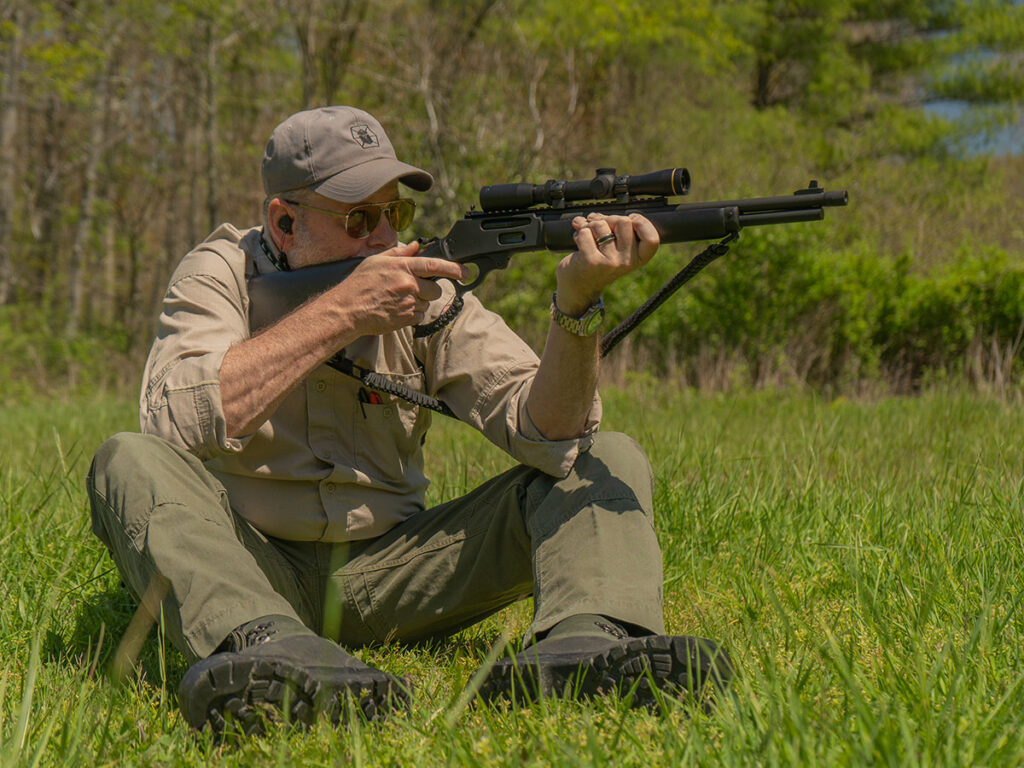
100-Yard Zero
The 100-yard zero has been the standard for a long time because with most cartridges, and for most hunters, it works well out to the distance most shots were taken. But with modern high-velocity cartridges, the 100-yard zero does not let you utilize the flat trajectories these cartridges offer. For example: If you zero a common 130-grain .270 Winchester load at 100 yards, the bullet will strike about 6 inches low at 250 yards and around 10 inches low at 300. This means that for any shot beyond about 225 yards you’re going to have to make a correction to get a good hit.
Because so many hunters are now trying to operate with a sniper-like mindset by dialing in an elevation correction for longer shots, the 100-yard zero makes sense. They just get their DOPE (data of previous engagement) for distances beyond 100 yards and then dial accordingly. This is a very precise way to shoot that works great on the range, but sometimes in the field it takes too much time. It also opens a window for failure because the good hit is dependent on you dialing in the precise—correct—correction. I’ve seen hunters miss shots because they’d previously dialed in a correction and forget to reset for the current shot.
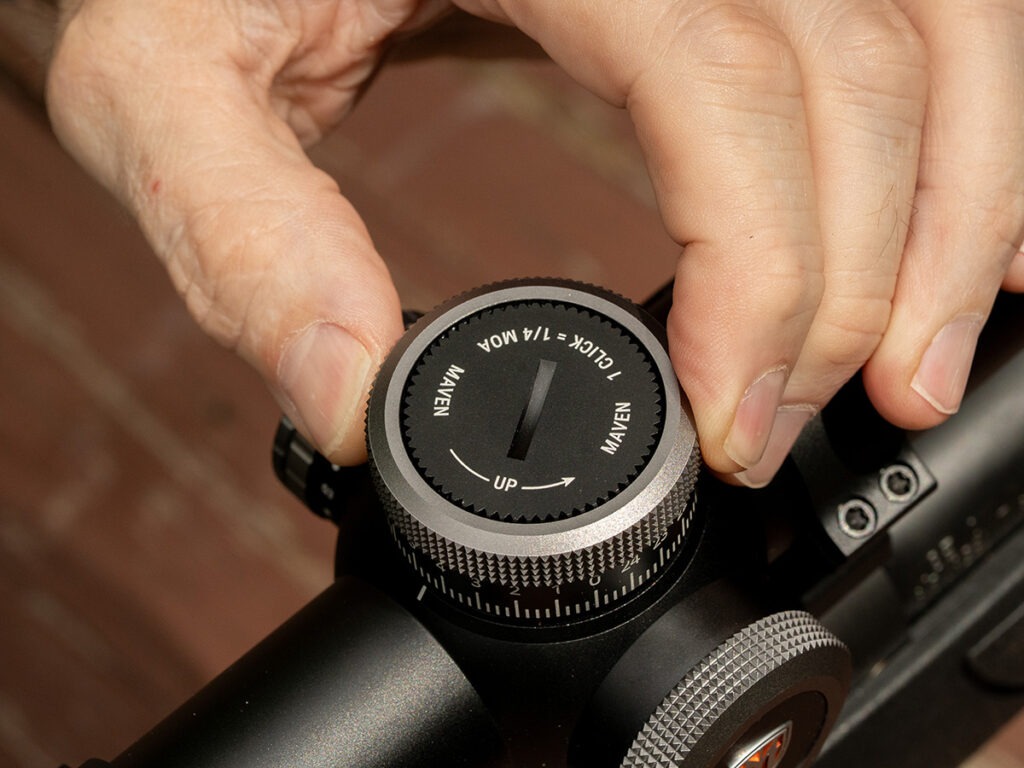
200-Yard Zero
More recently, it has become popular to zero at 200 yards to maximize reach without dialing in a shooting solution or holding high. If we look again at the .270 Winchester, we can see that a 200-yard zero with a common 130-grain bullet will cause the bullet to strike 1¼ inches high at 100 yards and about 2½ inches low at 250 yards. But it will still be 6 inches low at 300. This is better than a 100-yard zero, but it still leaves some of the .270 Winchester’s flat trajectory on the table.
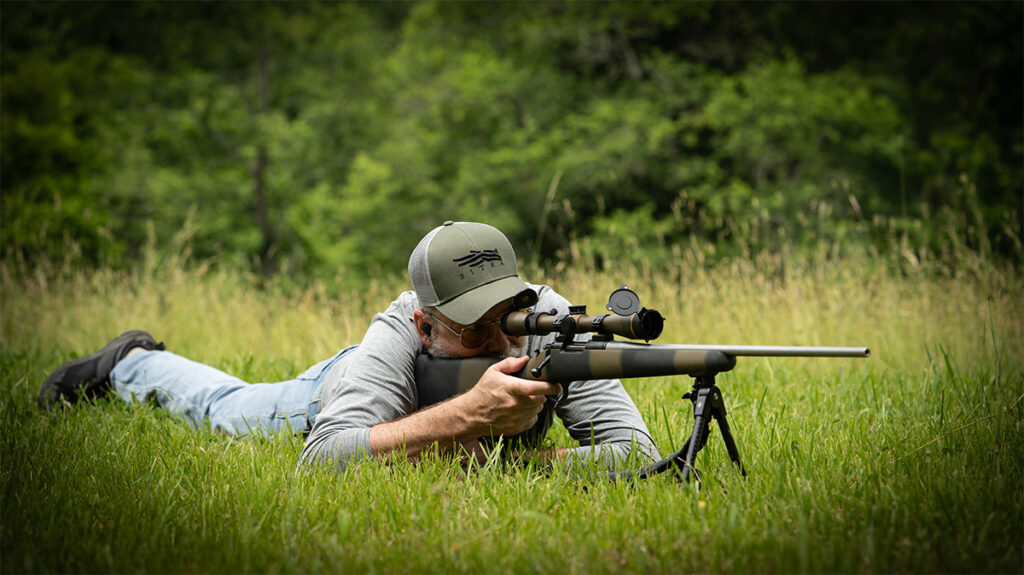
A kill zone on a big game animal is generally considered to be an 8-inch circle. Ideally, you want to zero your rifle so you can hold dead on out to the furthest distance possible and still hit that 8-inch kill zone. But, for practical application a 6-inch circle—kill zone—makes more sense because that gives you a little room for error. Fortunately, there is a way to obtain that zero that will work for any rifle/cartridge combination.
1/3-Second Zero
The one-third-second zero is similar to the 25-yard zero because with most modern high-velocity cartridges the first distance your bullet will cross your line of sight is near 25 yards. But it’s better than the 100- or 200-yard zero, because it allows you to take advantage of everything your cartridge has to offer. The method is based on the distance your bullet travels in one-third of a second, and it works because of the consistency of gravity, which makes all bullets drop at the same rate. Rifle trajectories vary because some bullets travel faster than others and go further in one-third of a second.
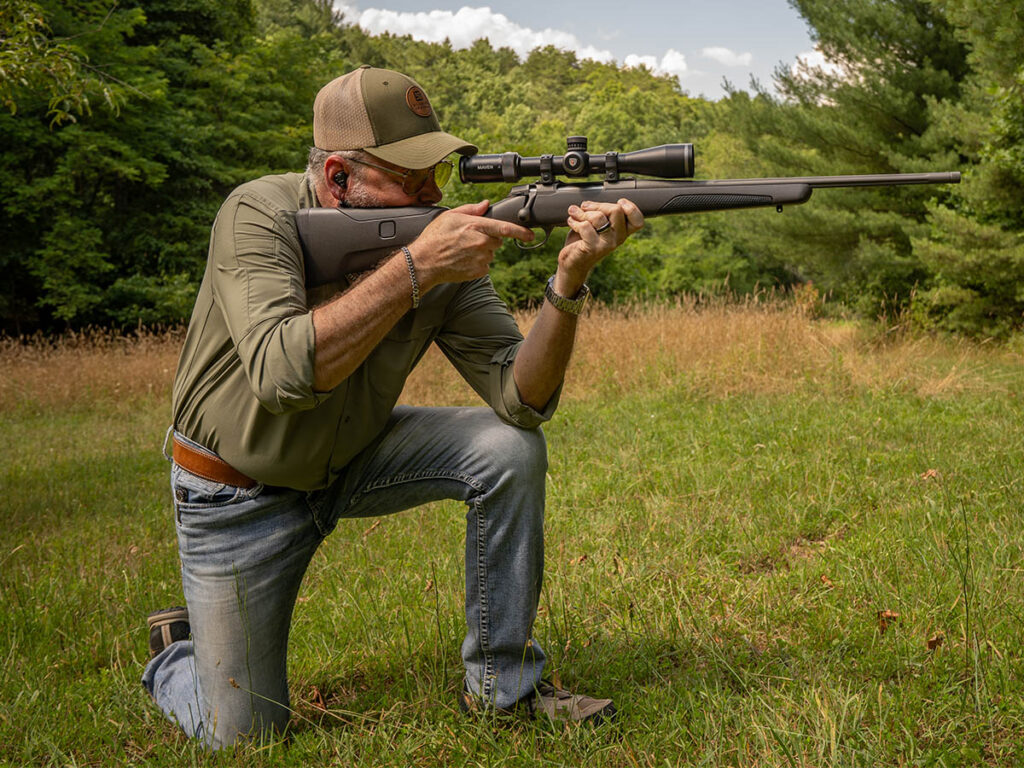
First, you need to chronograph your rifle to establish the average muzzle velocity of the load you’re using. Next, input that velocity, the bullet’s ballistic coefficient (BC), and the height the center of the riflescope is above the rifle’s bore, into a ballistic program. Then, look to see how far that bullet will travel in one-third of a second. With our .270 Winchester load, the bullet will go 299 yards in one-third of a second. Finally, just sight your rifle in so the bullet strikes 3 inches below your point of aim at that one-third-second distance.
Common 1/3-Second Distances for Popular Cartridges
| Cartridge | 1/3 Second Distance | 100-Yard Point of Impact |
| 243 Winchester (100-grain) | 282 | +2.40 |
| 6.5 Creedmoor (120-grain) | 283 | +2.41 |
| 270 Winchester (130-grain) | 299 | +2.31 |
| 7mm Backcountry (170-grain) | 315 | +2.21 |
| 30-30 Winchester (150-grain) | 226 | +2.81 |
| 30-06 Springfield (180-grain) | 272 | +2.49 |
| 300 Win. Mag. (200-grain) | 286 | +2.42 |
| 45-70 Government | 169 | +2.66 |
Because your rifle might shoot a 3- to 4-inch group its one-third-second distance, this can be tricky, so the best approach is to still zero at 100 yards. However, instead of making your point of aim and point of impact at 100 yards match, you sight the rifle in high at 100 yards. How high? Look at your ballistic app and adjust the zero distance so the trajectory of your load shows it 3 inches low at your one-third-second distance and then look to see how high the bullet will strike at 100 yards, and that’s how high you sight your rifle in at 100 yards. With our .270 Winchester, it will be about 2.31 inches high.
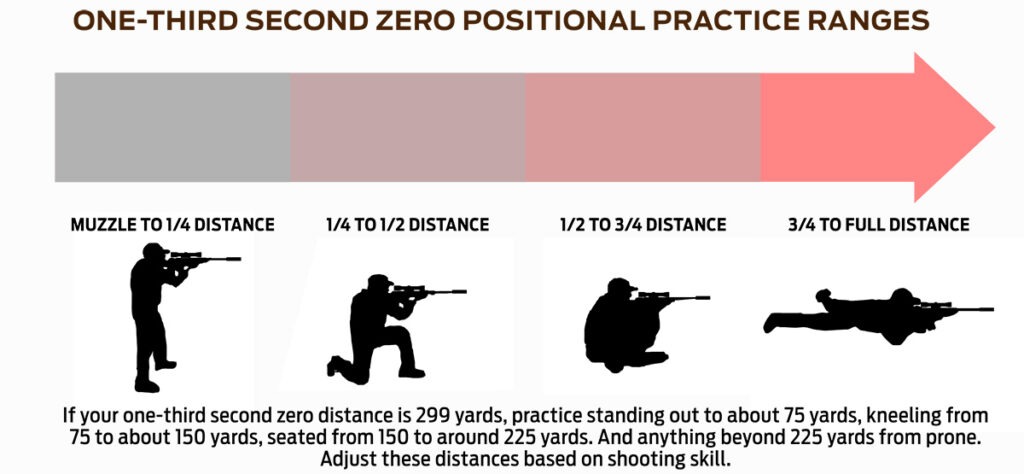
The beauty of this zero method is that regardless of the cartridge you are shooting, with a one-third-second zero the bullet will never rise above or fall below your line of sight all the way out to your one-third-second distance. With our .270 Winchester load that means you hold dead on all the way out to 299 yards.
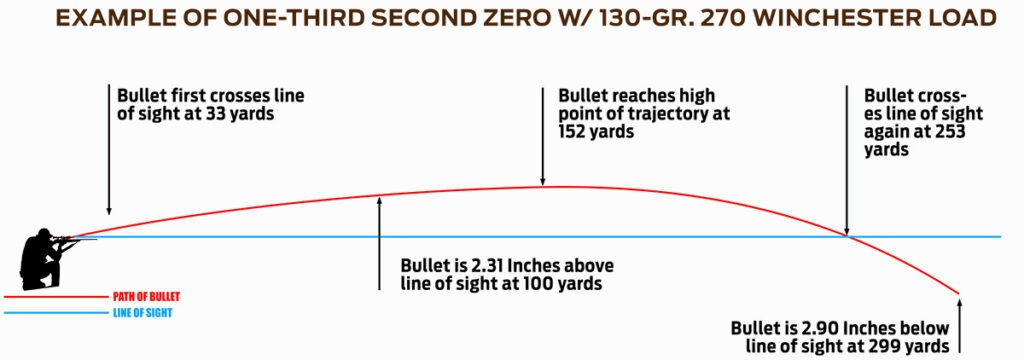
Range Notes: Zero Your Mind
Regardless of the zero method you use, you must have your mind right to execute in the field. The 100-yard zero might be ideal for woods hunters who’ll never likely shoot much beyond that distance, but if you do, you need to know your holdovers or the amount of correction you must dial in. The same is true with a 200-yard zero.
The beauty of the one-third-second zero is that you don’t have to remember anything out to whatever your one-third-second distance is; you just hold dead center. In fact, even I you like to dial in a correction for extreme distance it can be advantageous to still use the one-third-second zero because it circumvents dialing for the closer shots that may need to be taken in a hurry. You’ll only dial corrections for distances beyond your one-third-second distance.
The thing is, you cannot just tell yourself to remember to hold so many inches high, or that you must dial in a certain number of clicks for longer shots. For any zero method to work, you must practice its application. Bullets drop just like they are supposed to every time; it’s the human who is the weak link. If you don’t practice with the zero you choose, you’re setting yourself up for failure. That’s the beauty of the one-third-second method—you don’t need to remember anything for shots all the way out to your one-third-second distance.
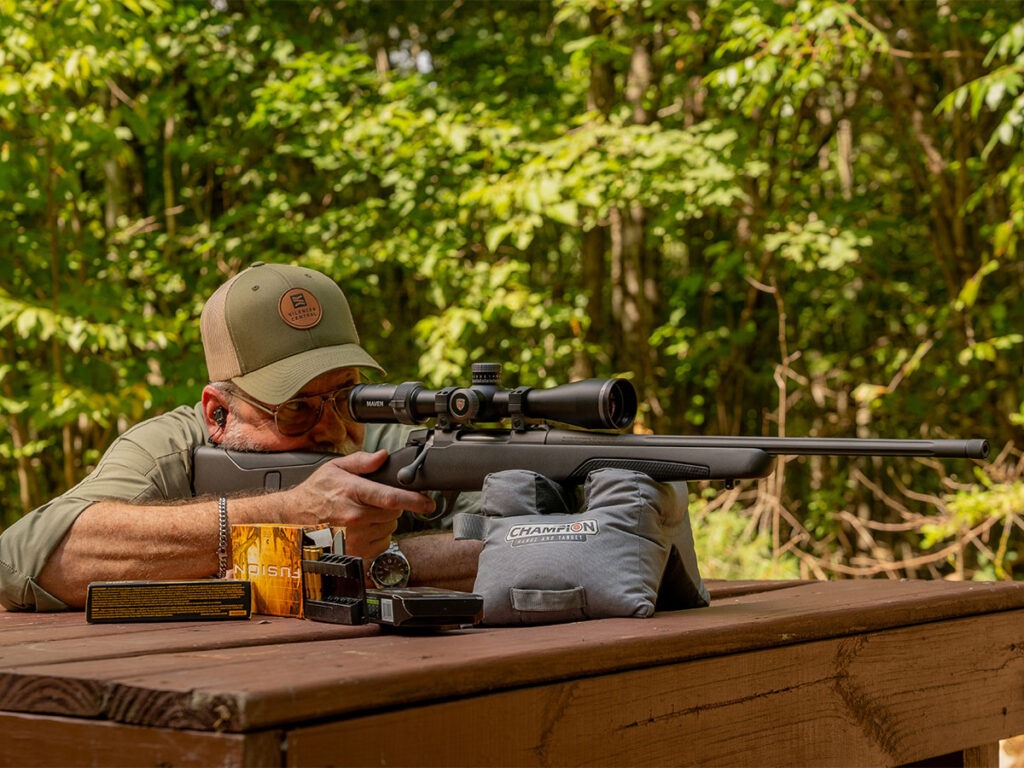
This same principle can apply to shooting positions too. If you divide your one-third-second distance by four, you can set some basic range limits for shooting from various positions. For example, you should be able to make the shot in the first quarter of your one-third-second distance from the standing off-hand position. From one-quarter to one-half of your one-third-second distance, you should be able to make the shot from the kneeling position. At between one-half and three-quarters of your one-third-second distance, the seated position should work. And any shot beyond three-quarters of your one-third second distance should be makable from prone.
Let’s say you have a mule deer at 233 yards. How many clicks do you dial? Do you just hold dead on with a one-third-second zero? And what position do you need to shoot from to make that shot, regardless of the zero you have chosen? That buck is not going to stand there all day while you wonder about all this. Your mind must know what to do beforehand.
Ballistics are one thing; mindset is something else. When you’re presented with a shot in the field, based on the distance you should immediately know your hold and the shooting position required to get a hit. The only way to know both is to train your mind on the range before the hunt, and the one-third-second zero requires the least training to implement for most shot distances.
Editor's Note: This article originally appeared in the December 2025 issue of Gun Digest the Magazine.
More On Rifle Zeroing:
- Zero Problems When Zeroing Your Rifle
- How To Zero A Hunting Rifle
- Understanding Rifle Zero And Scope Mounts
- Simple System For Zeroing An AR
- The Best Bore Sights: Zeroing Made Easy

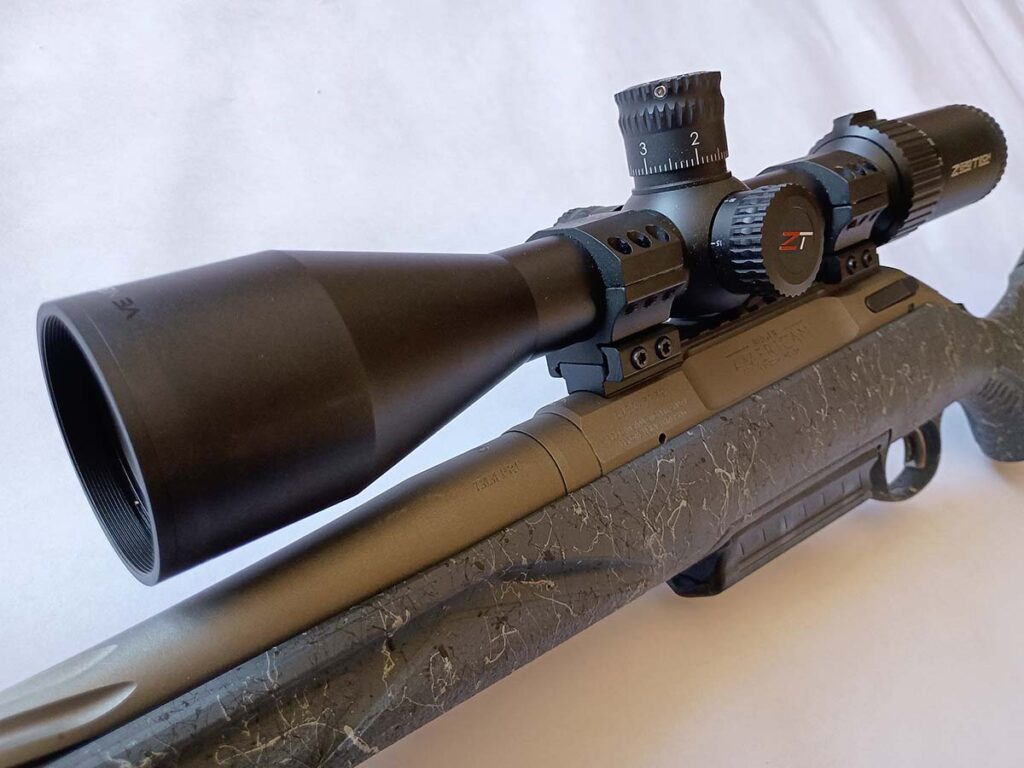
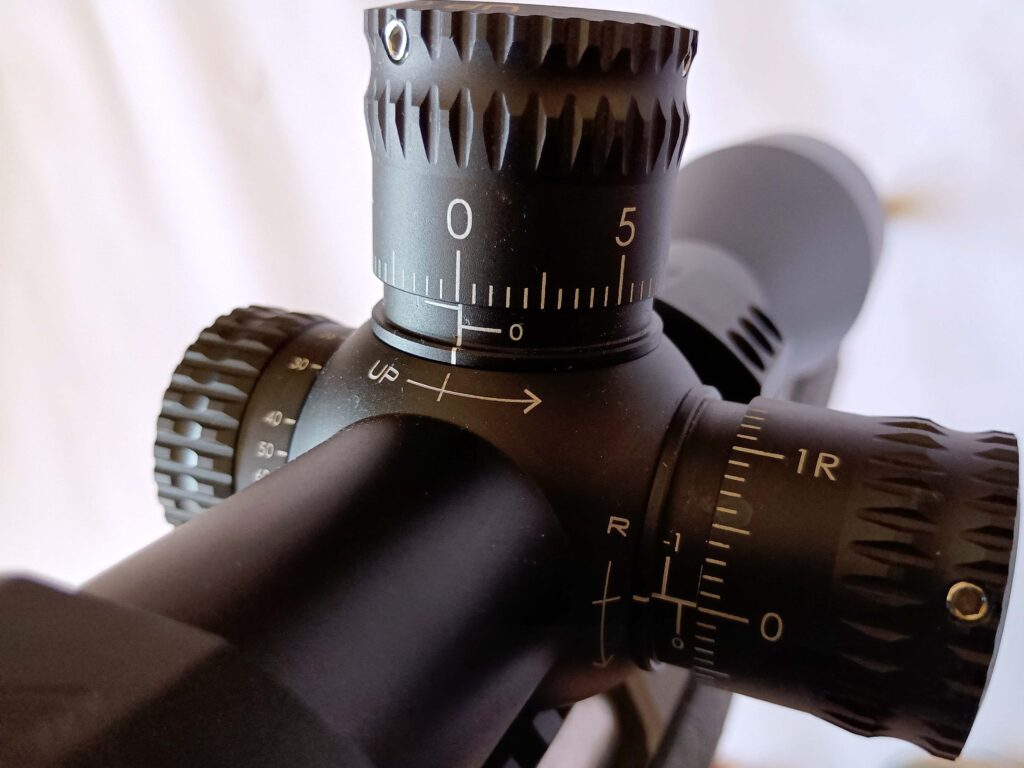
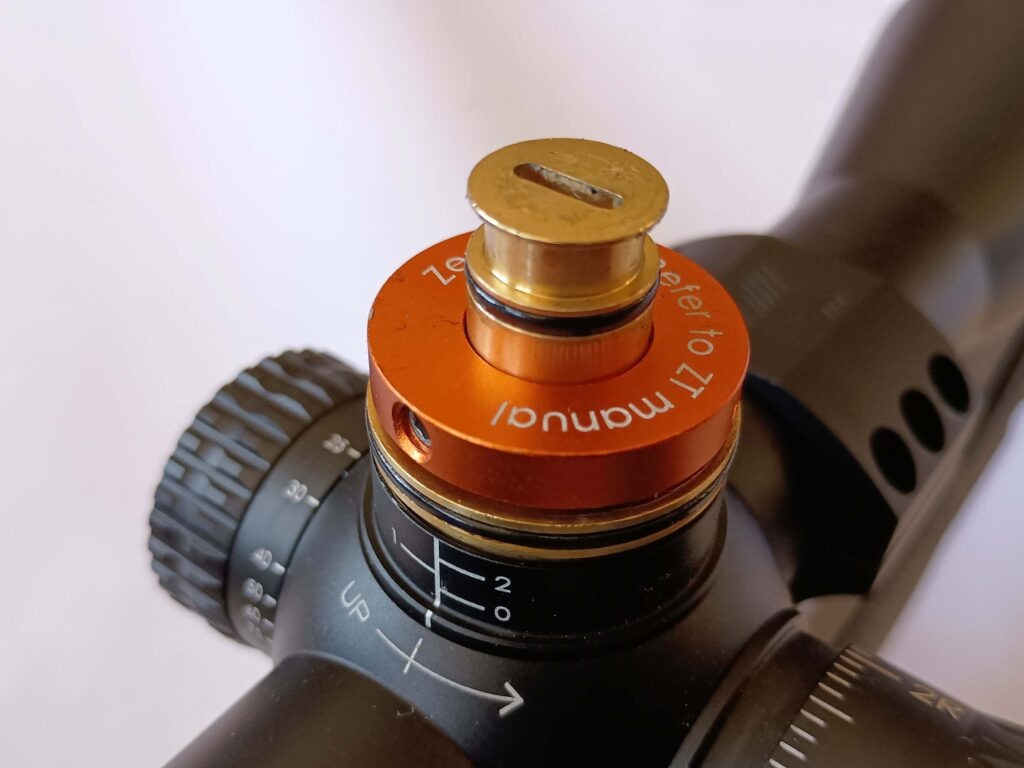
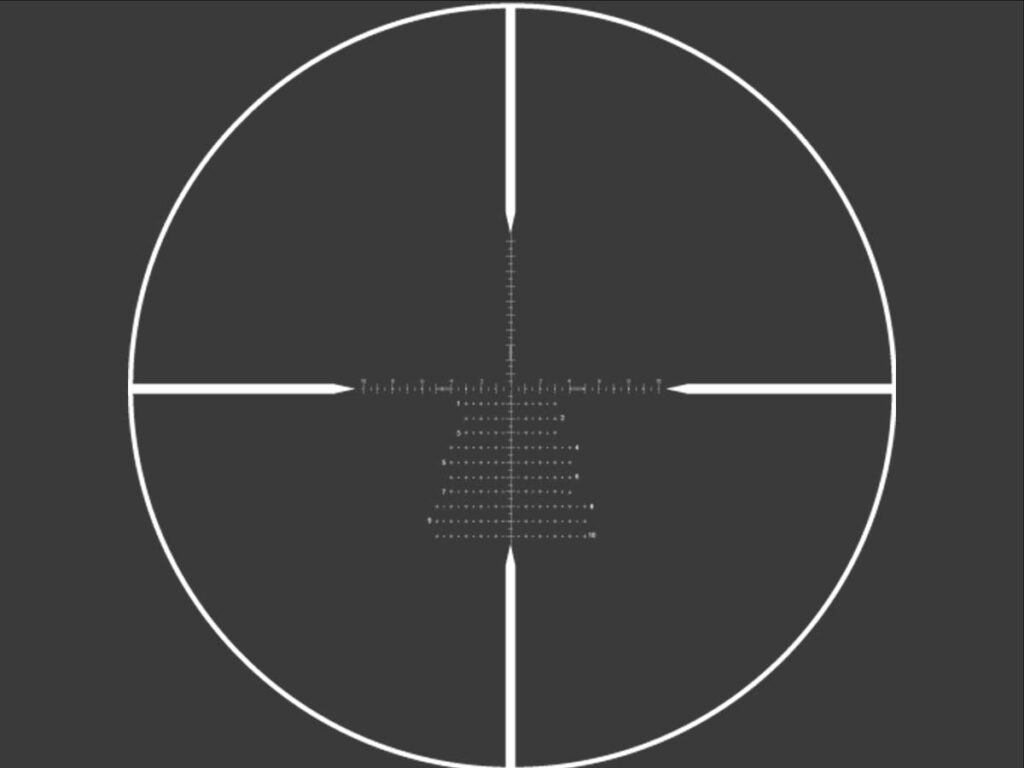

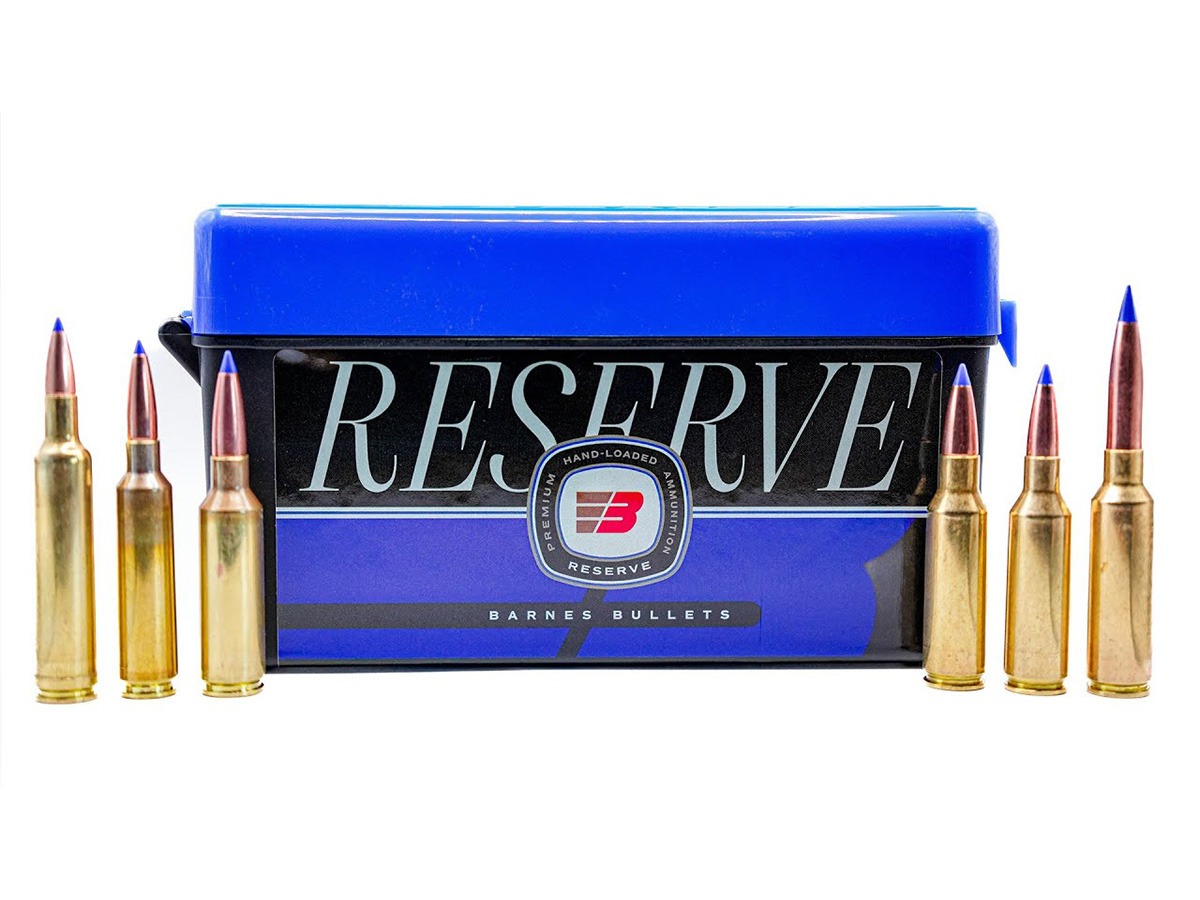

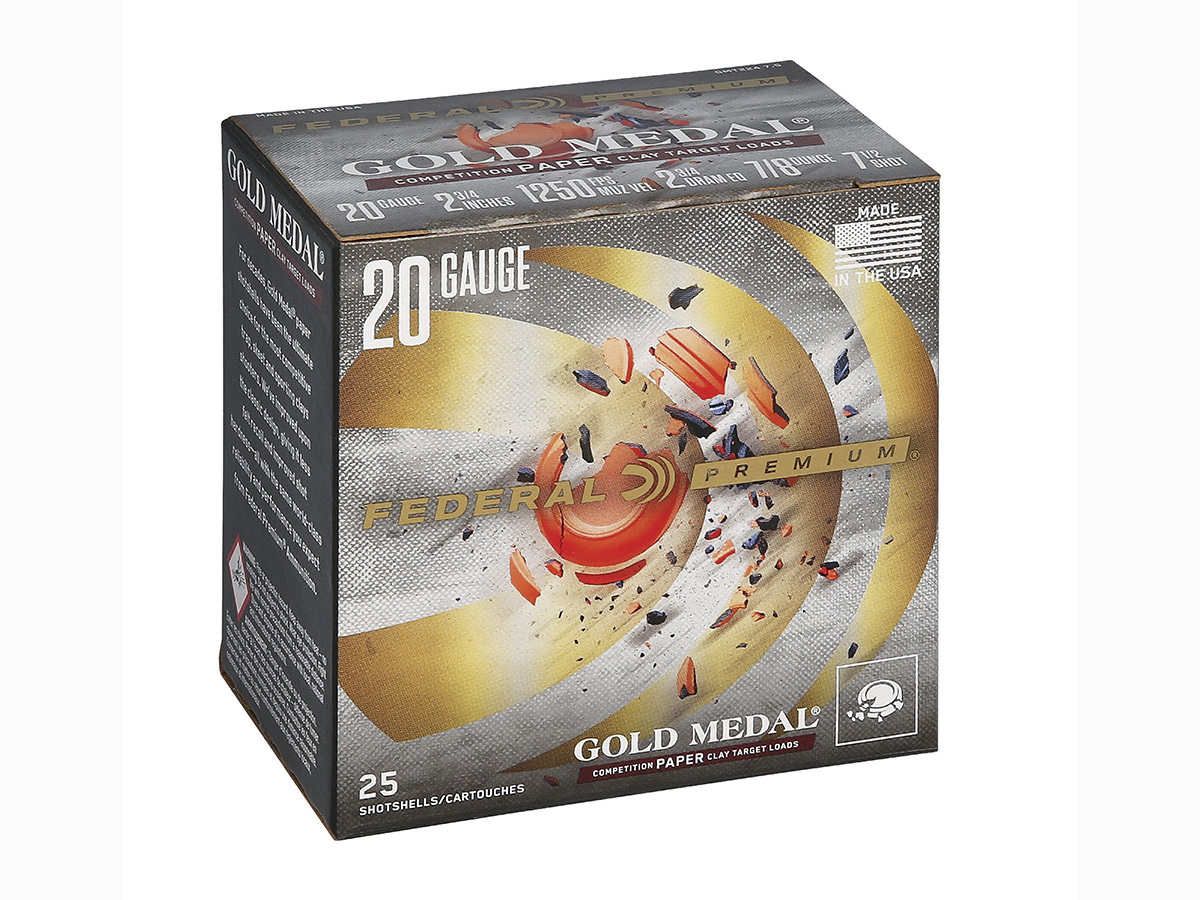
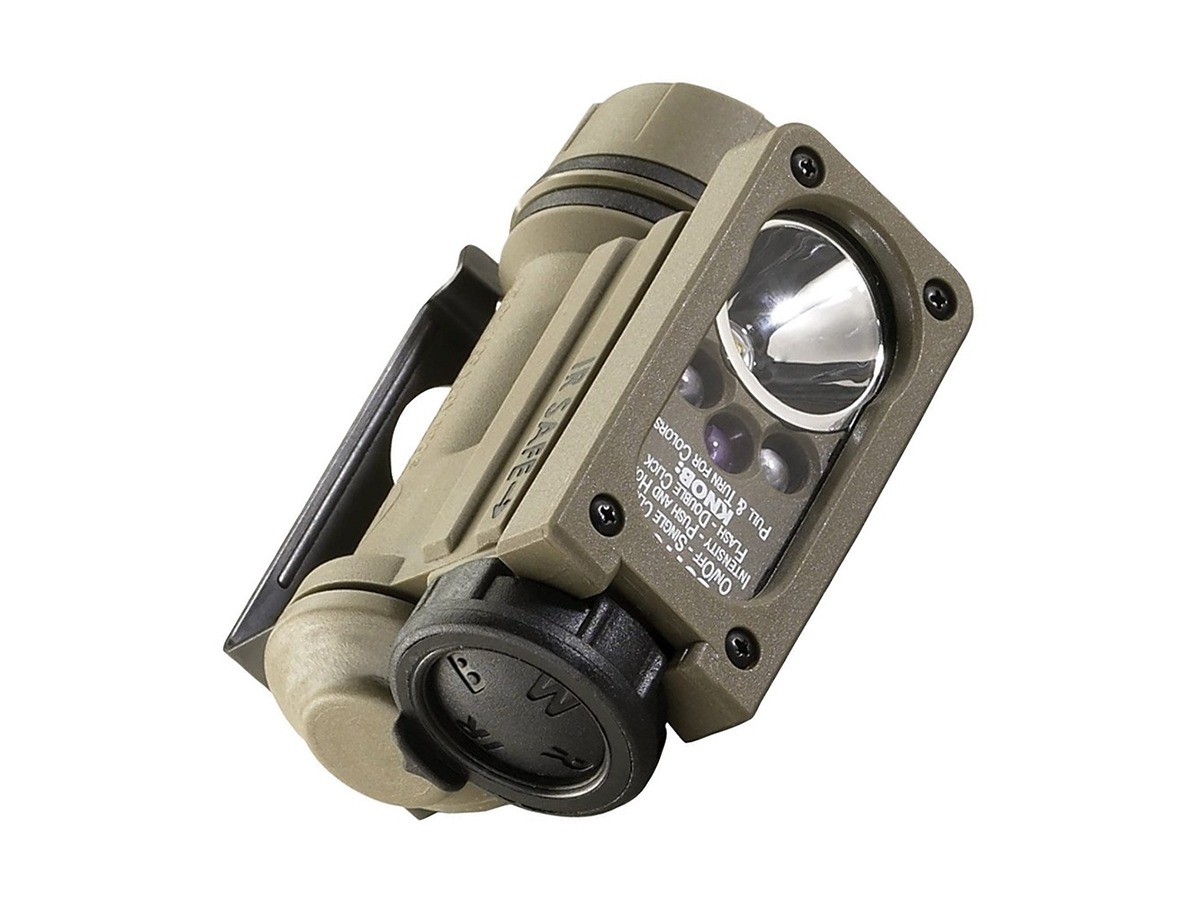

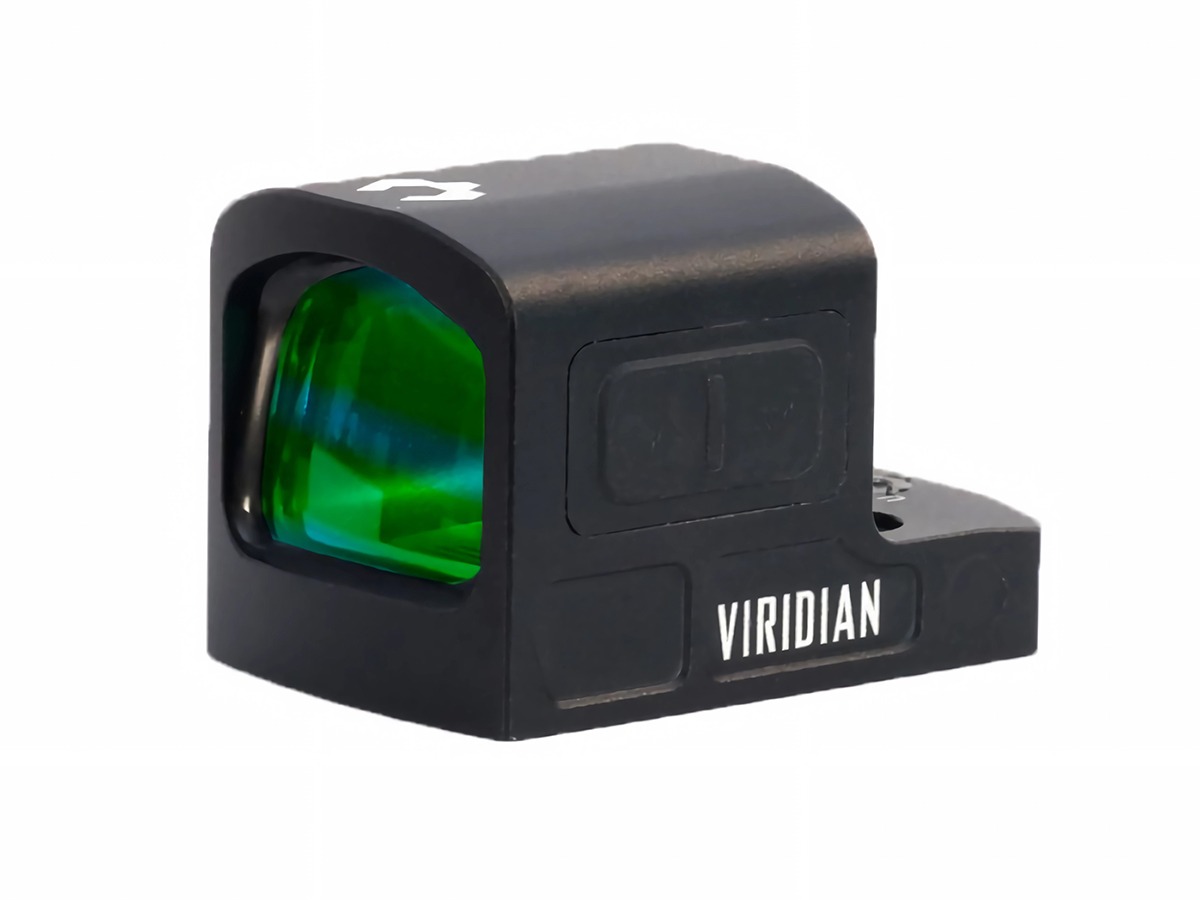
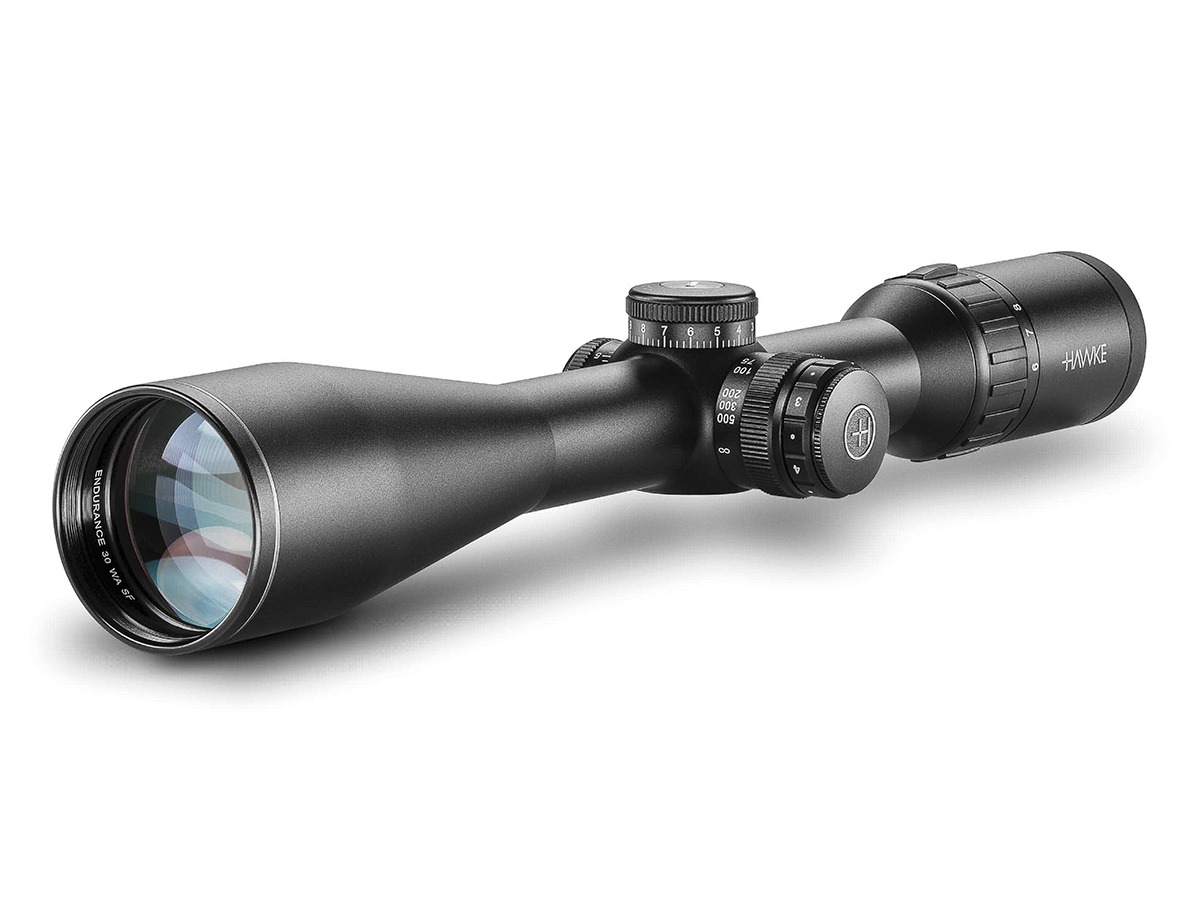
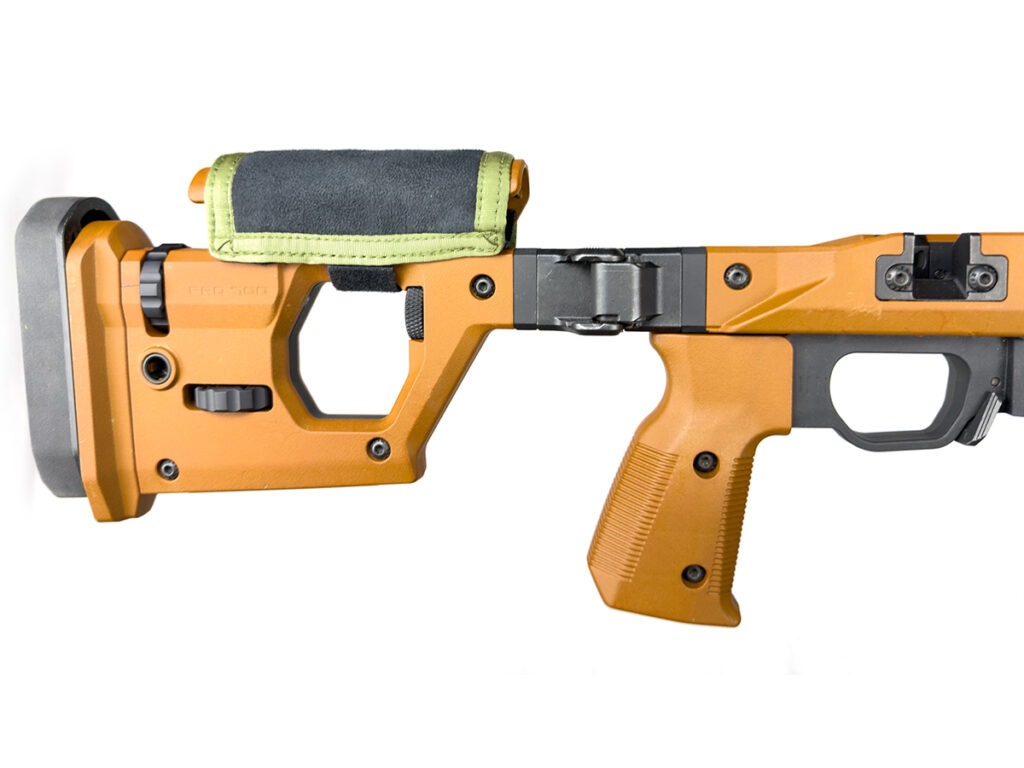
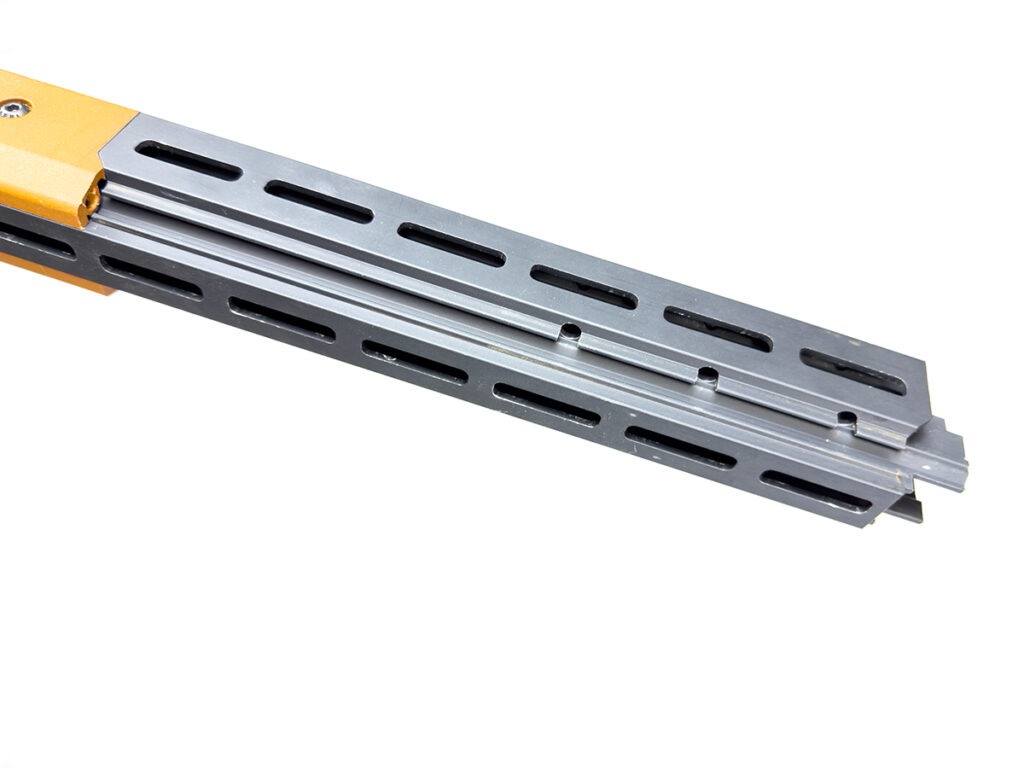
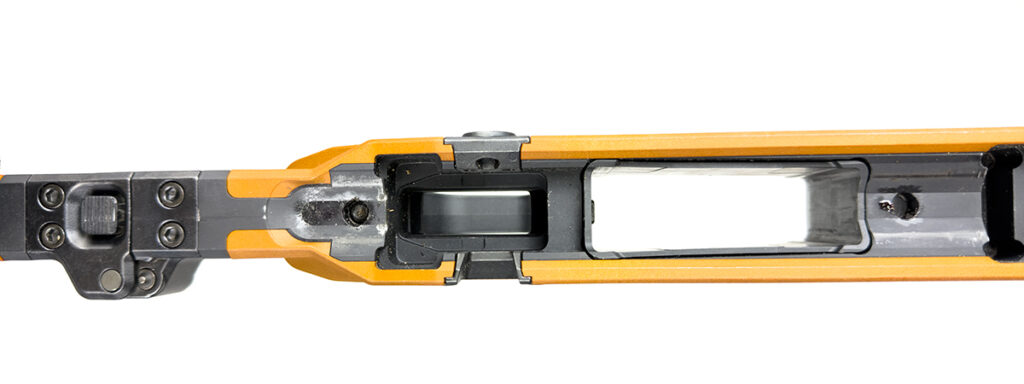
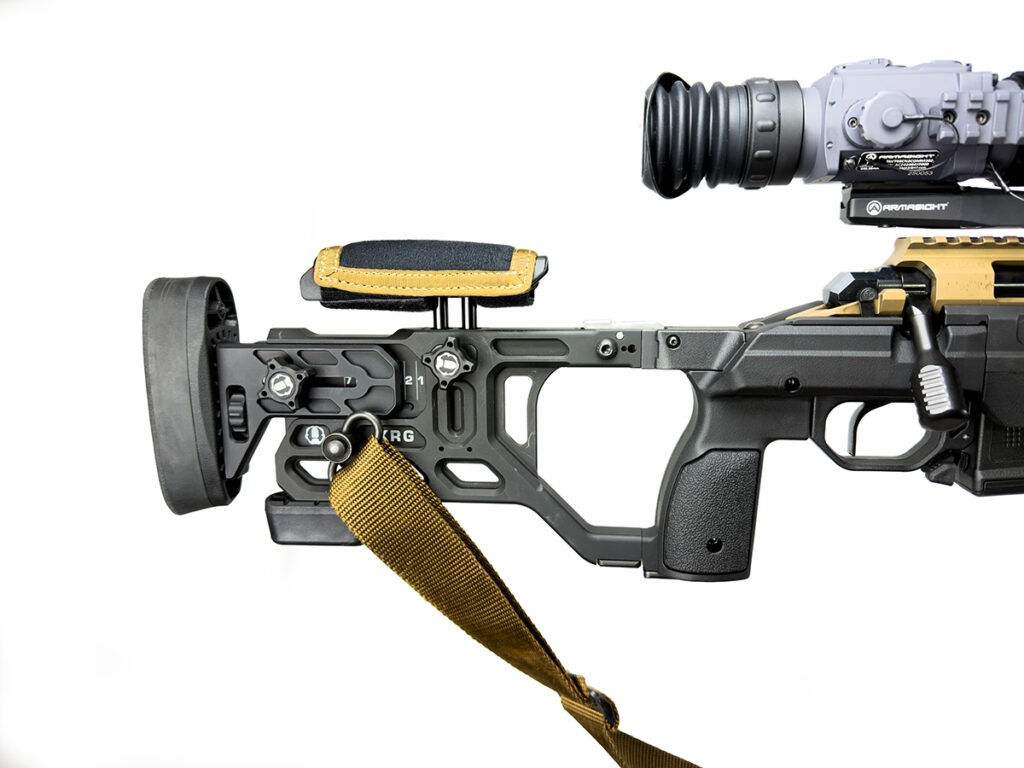
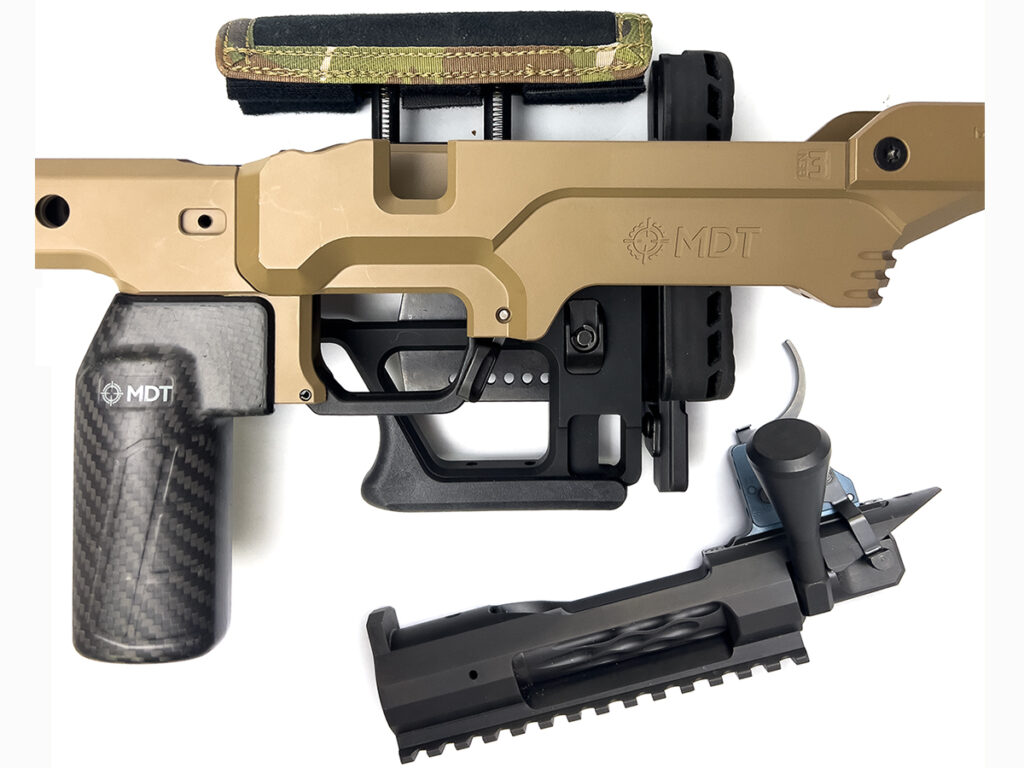
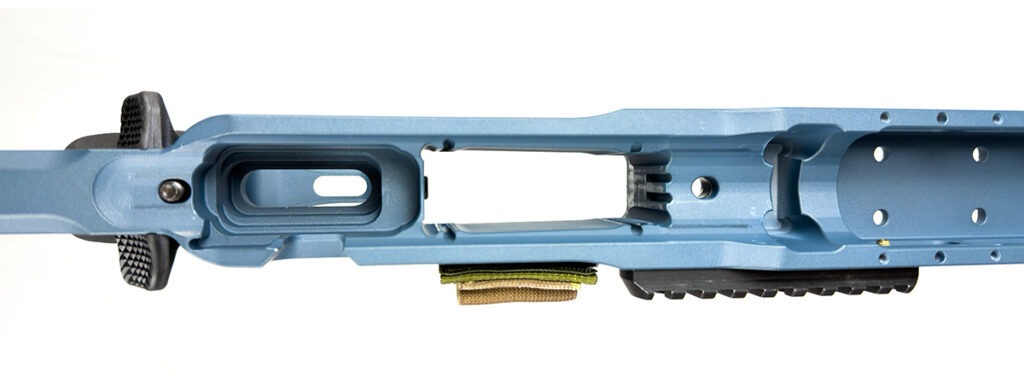
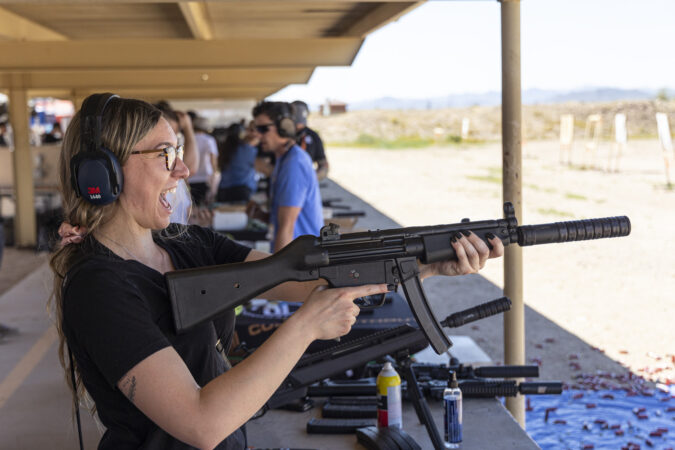
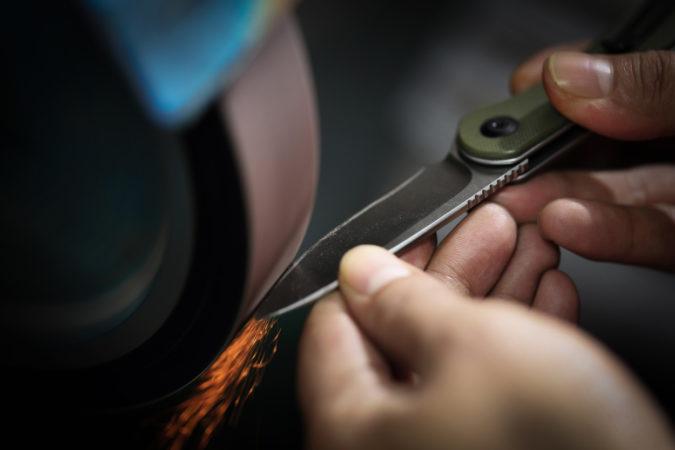
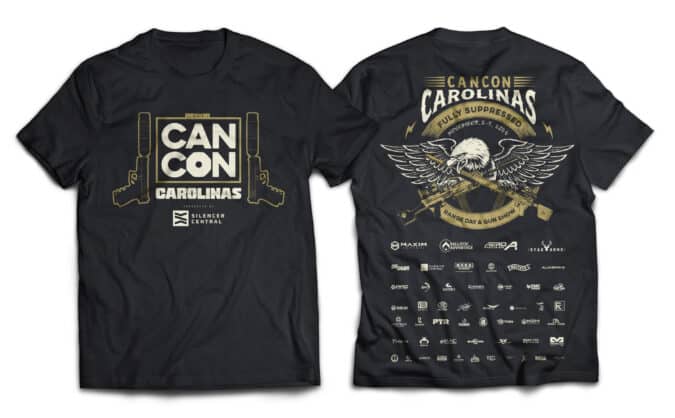
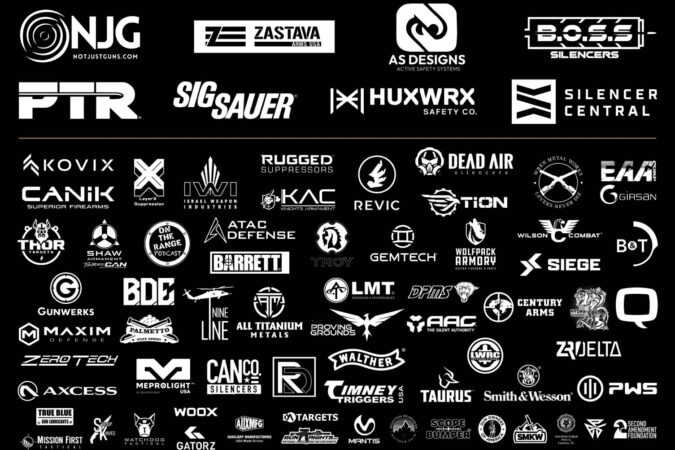
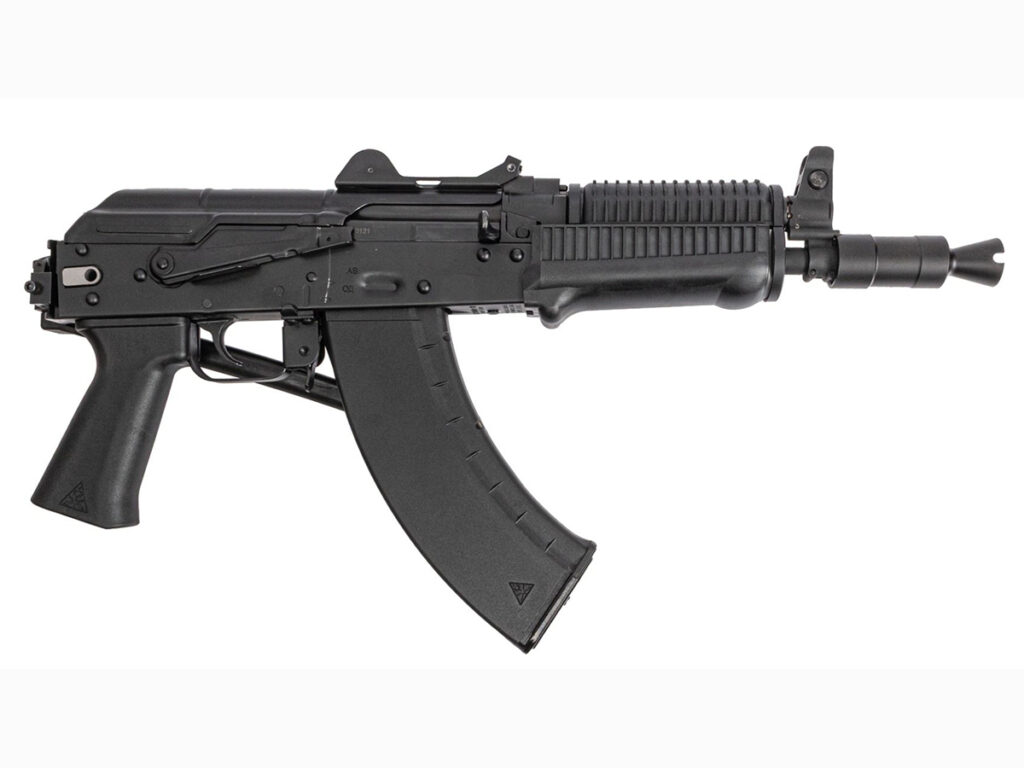
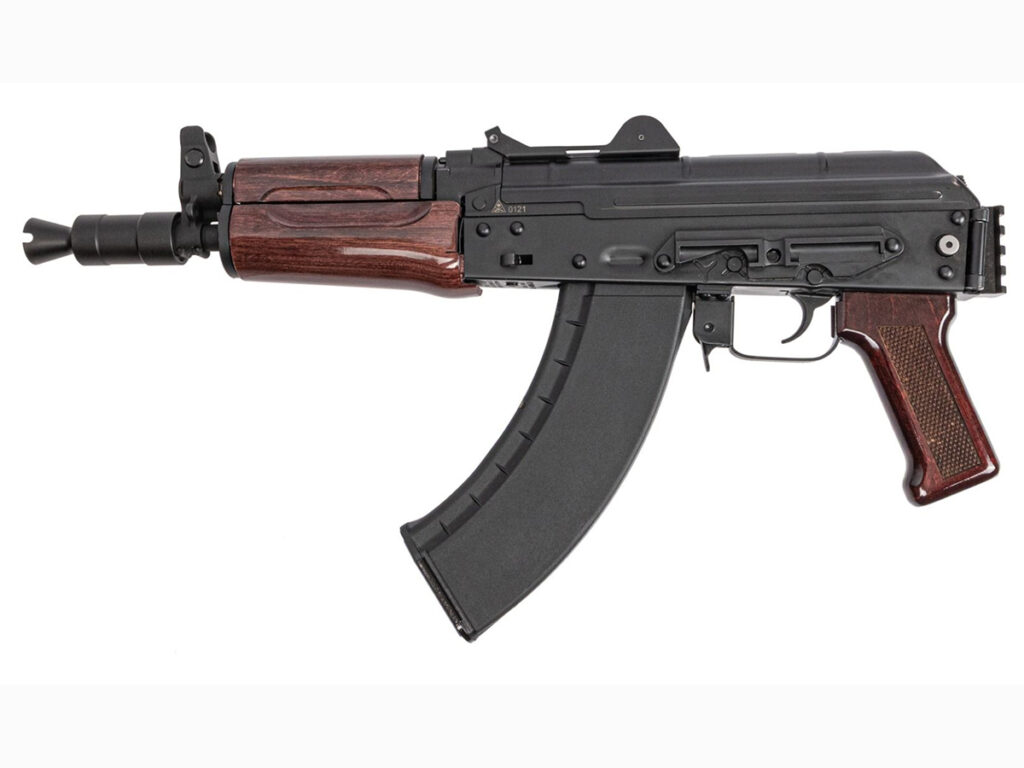
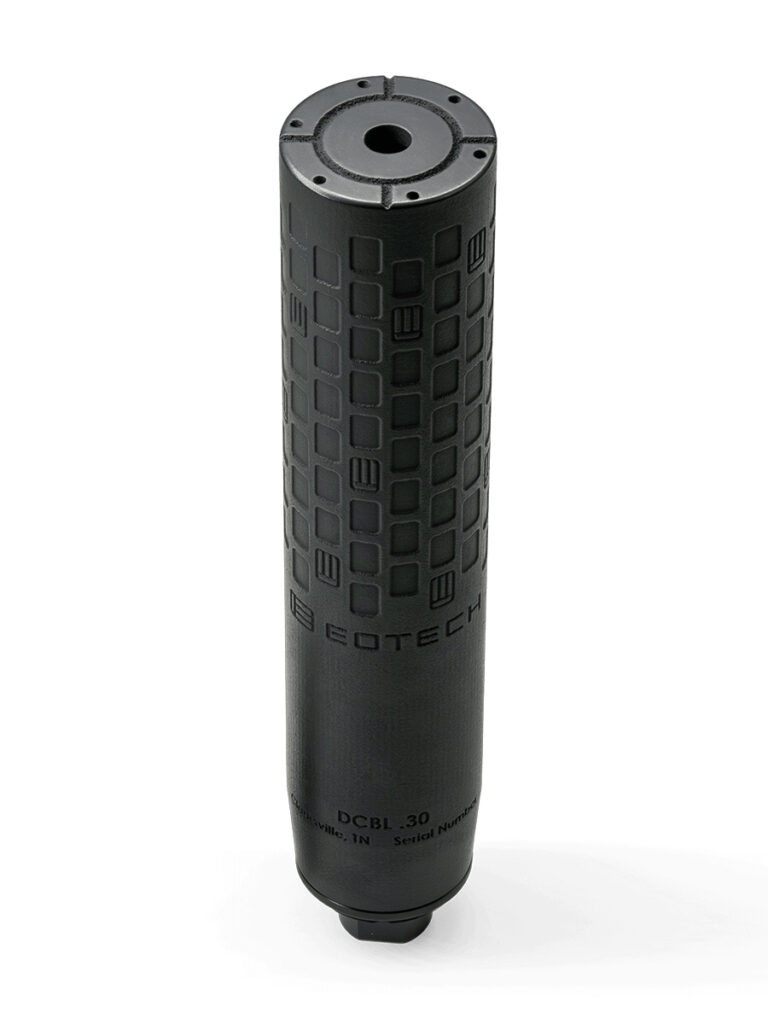
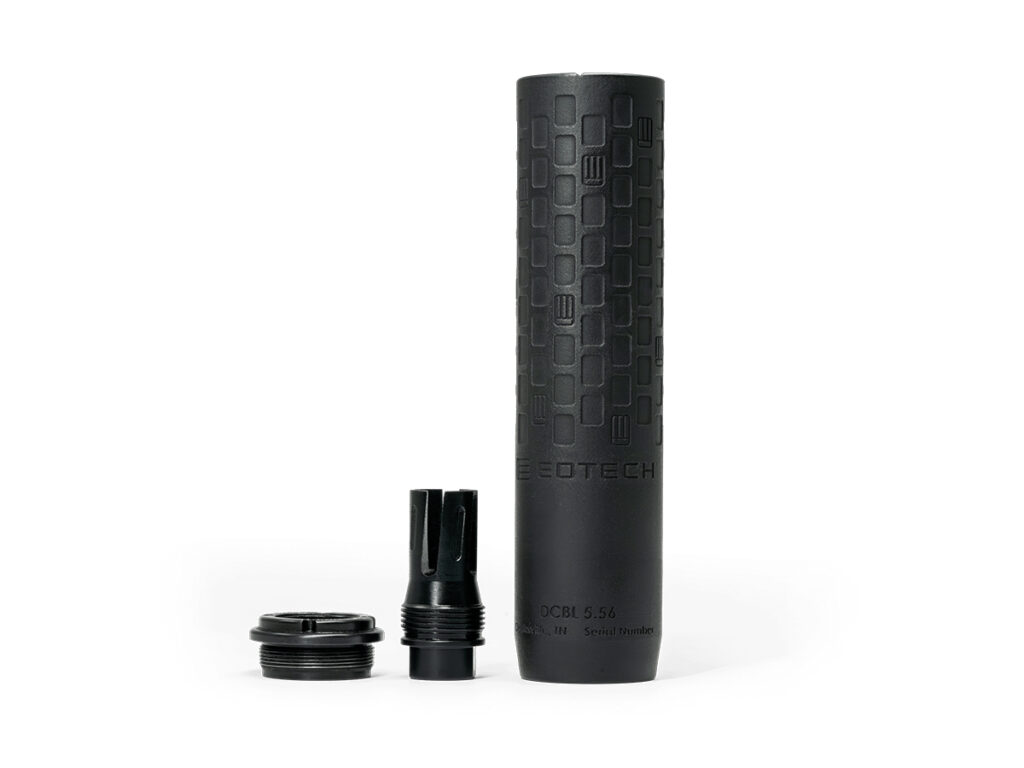
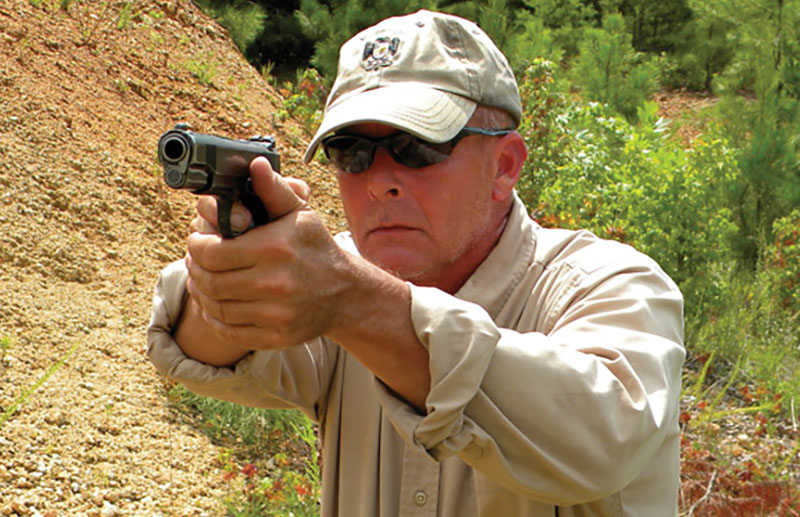
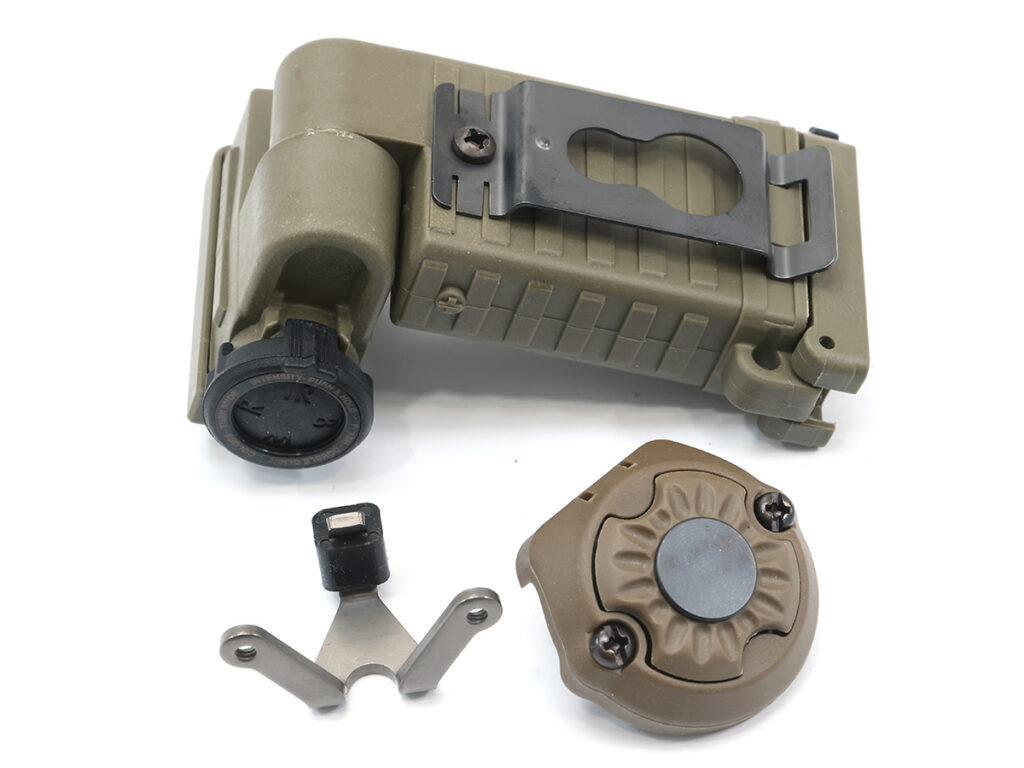
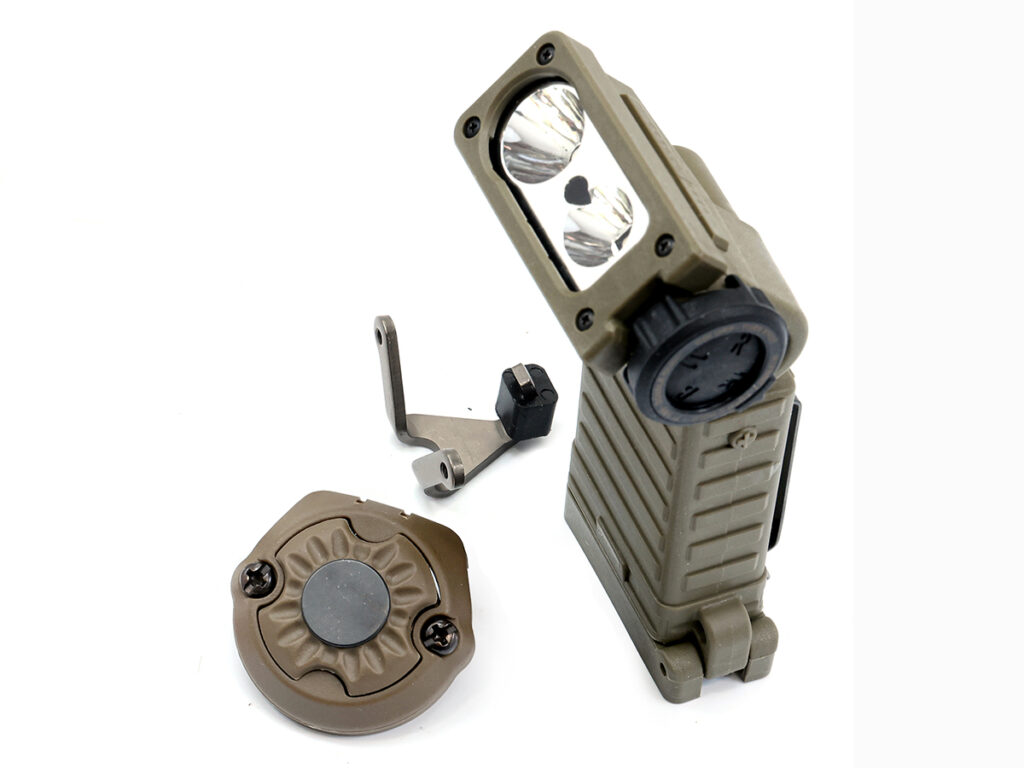
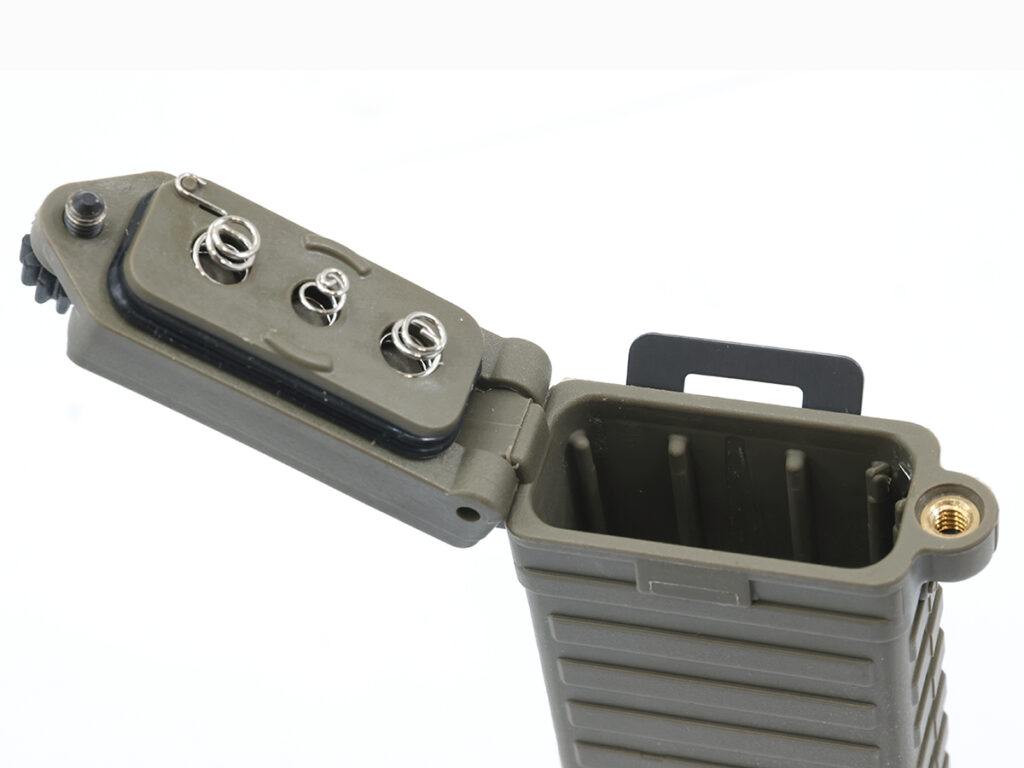
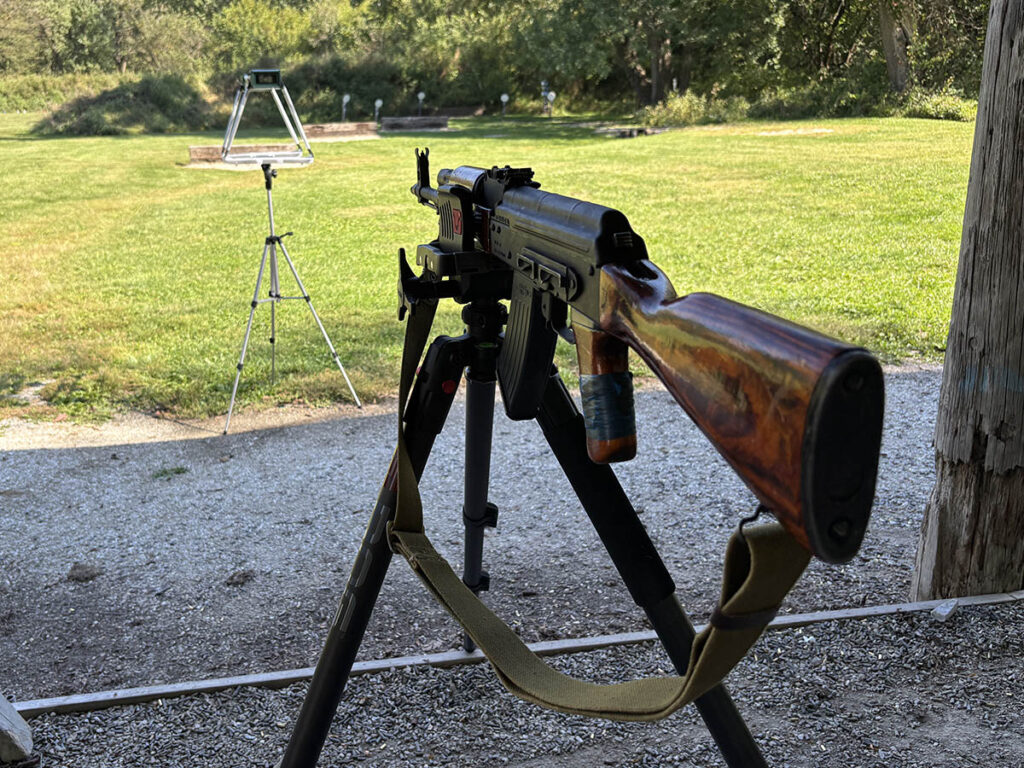
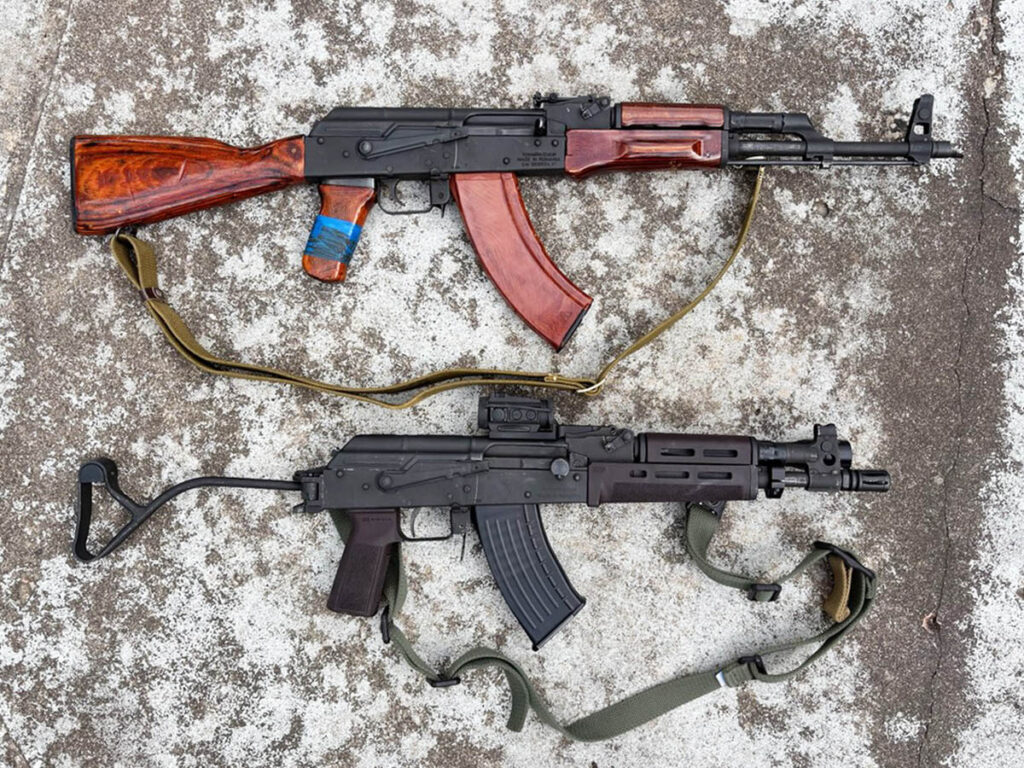
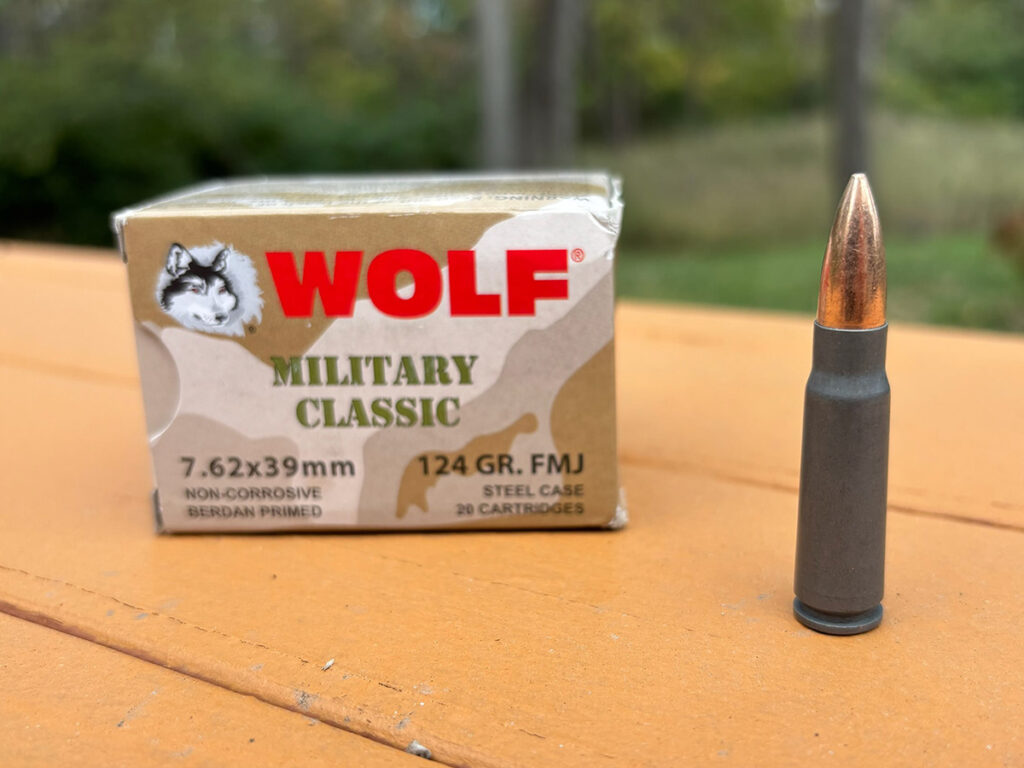
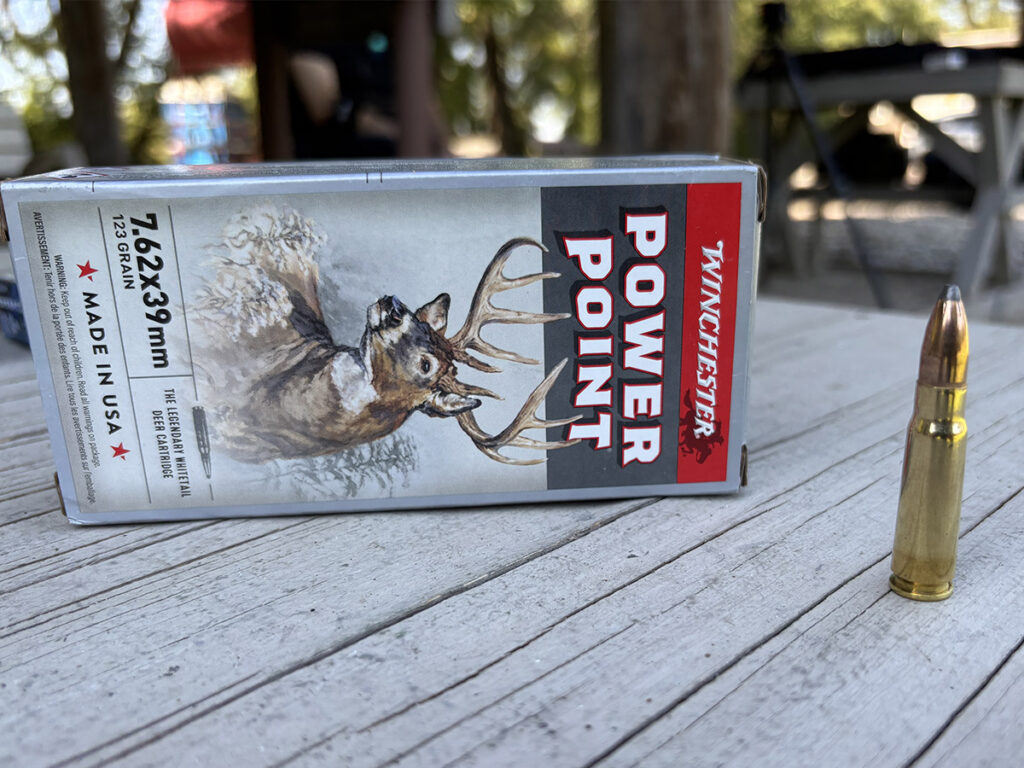
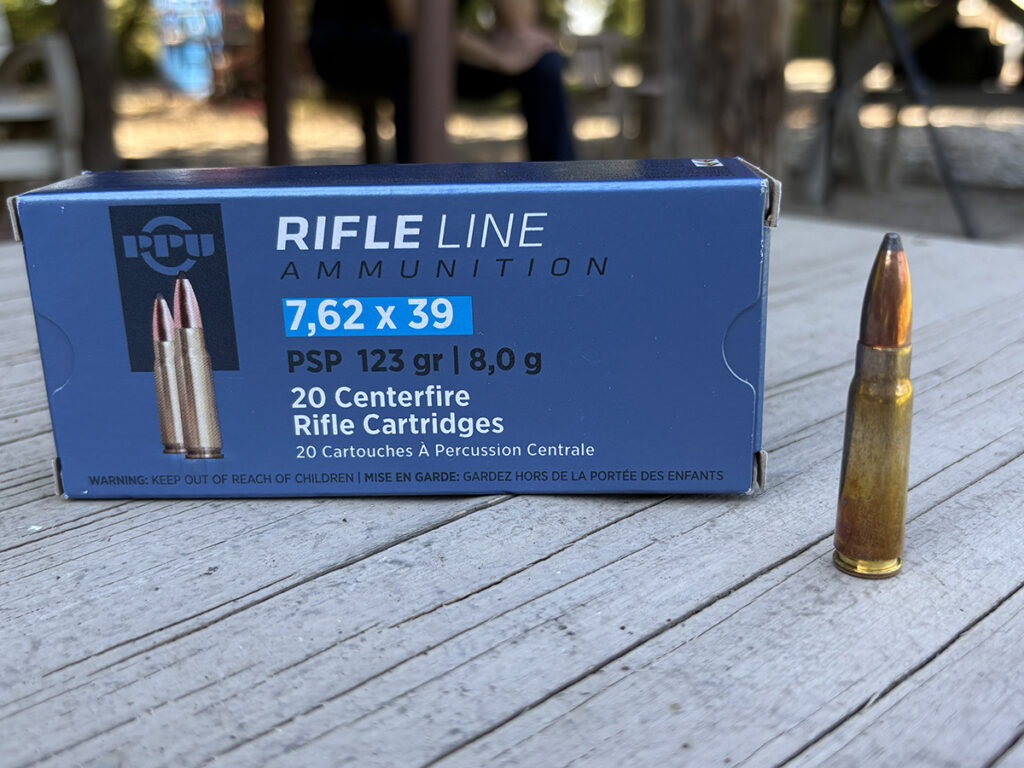
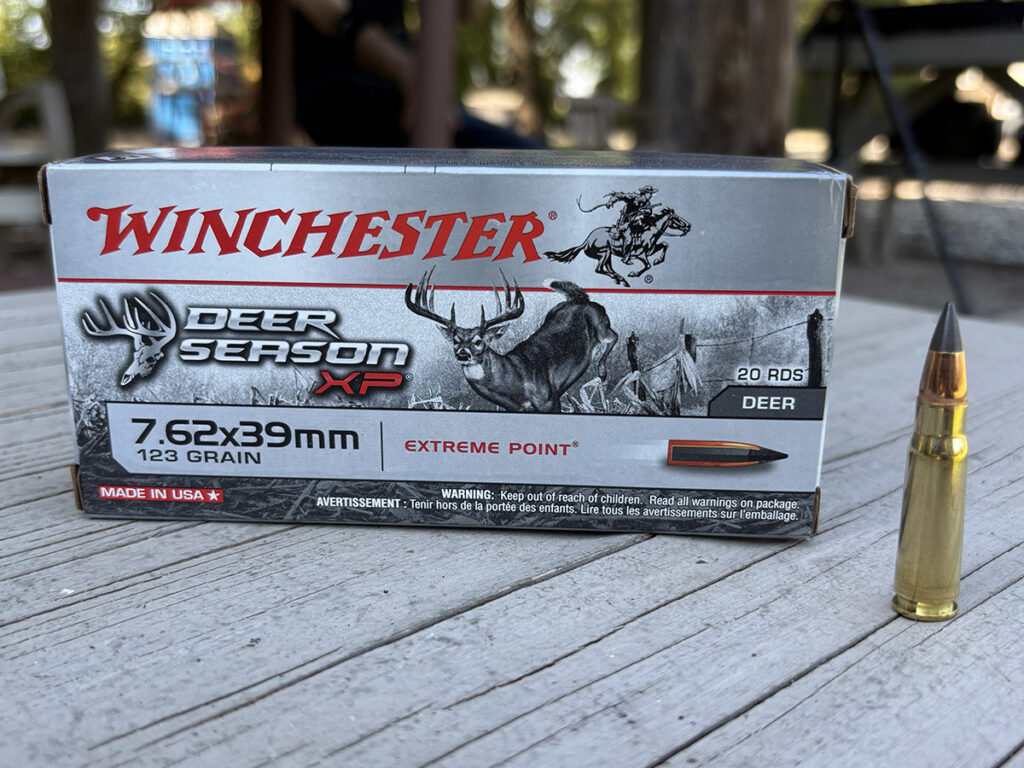
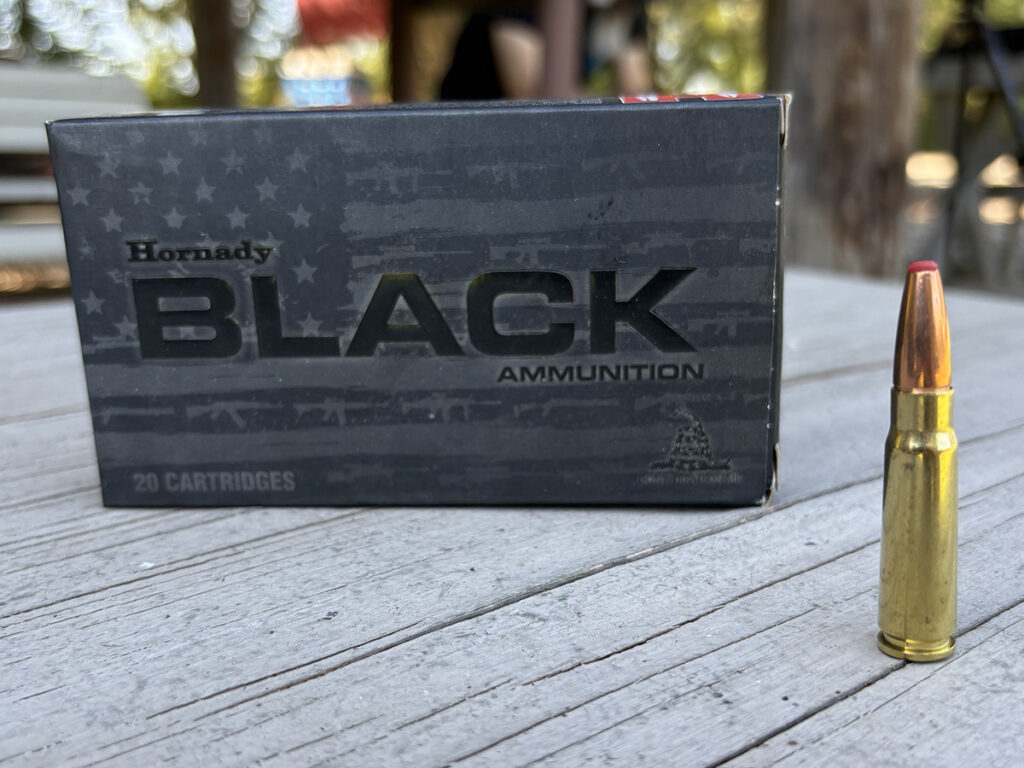
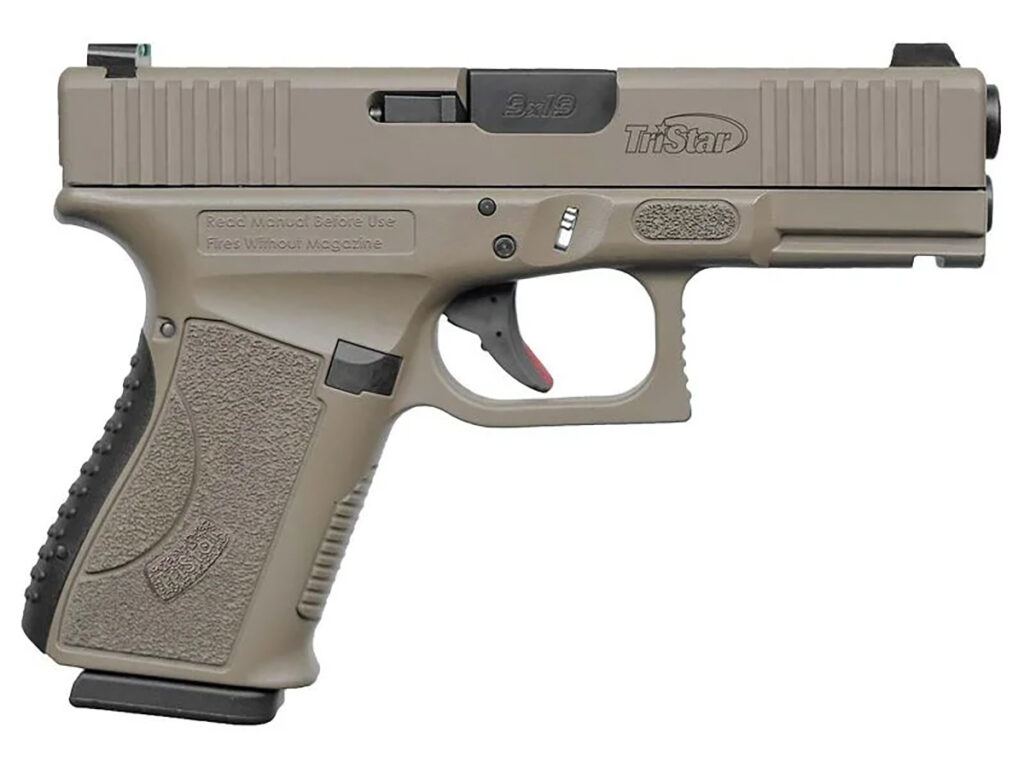
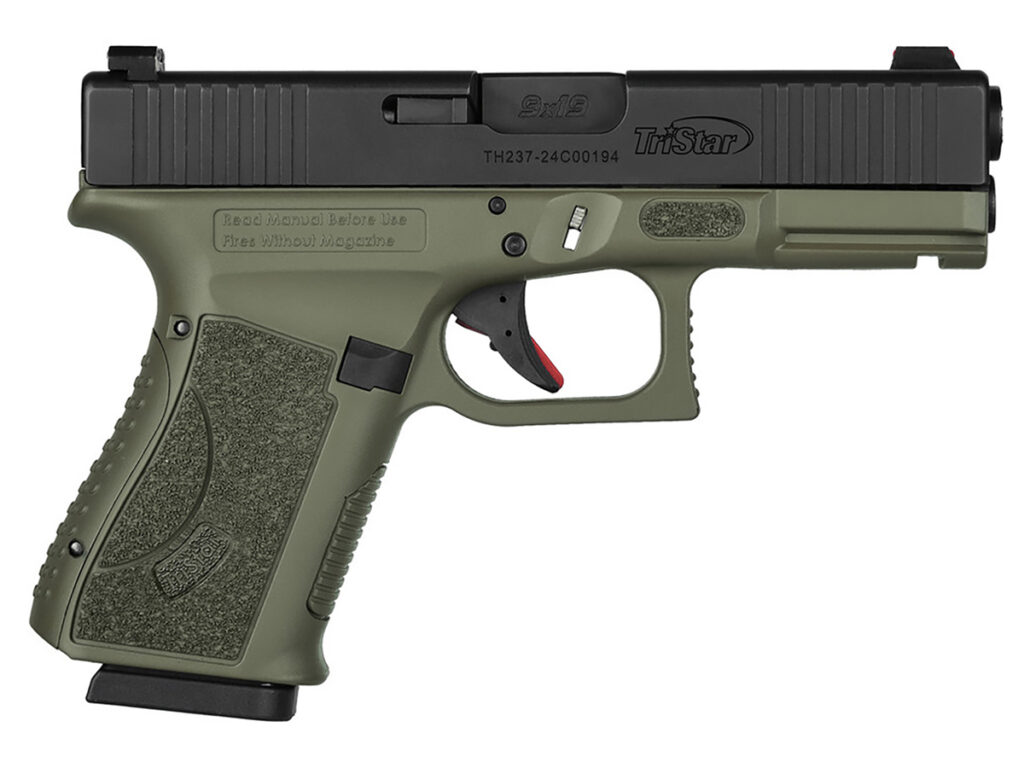
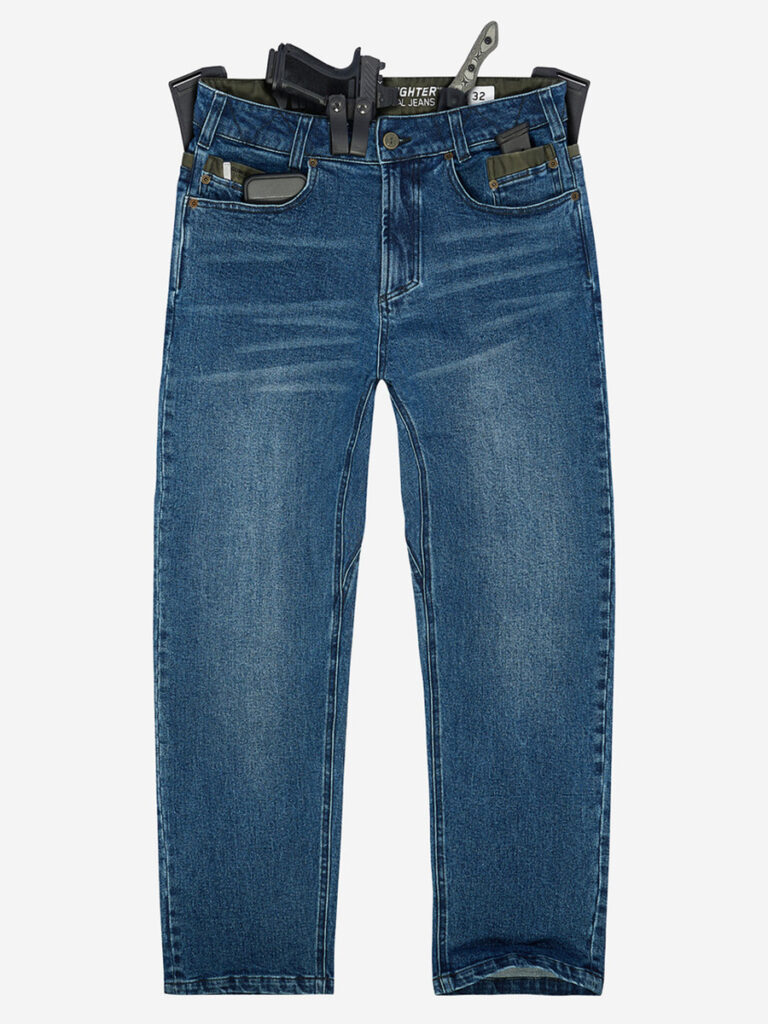
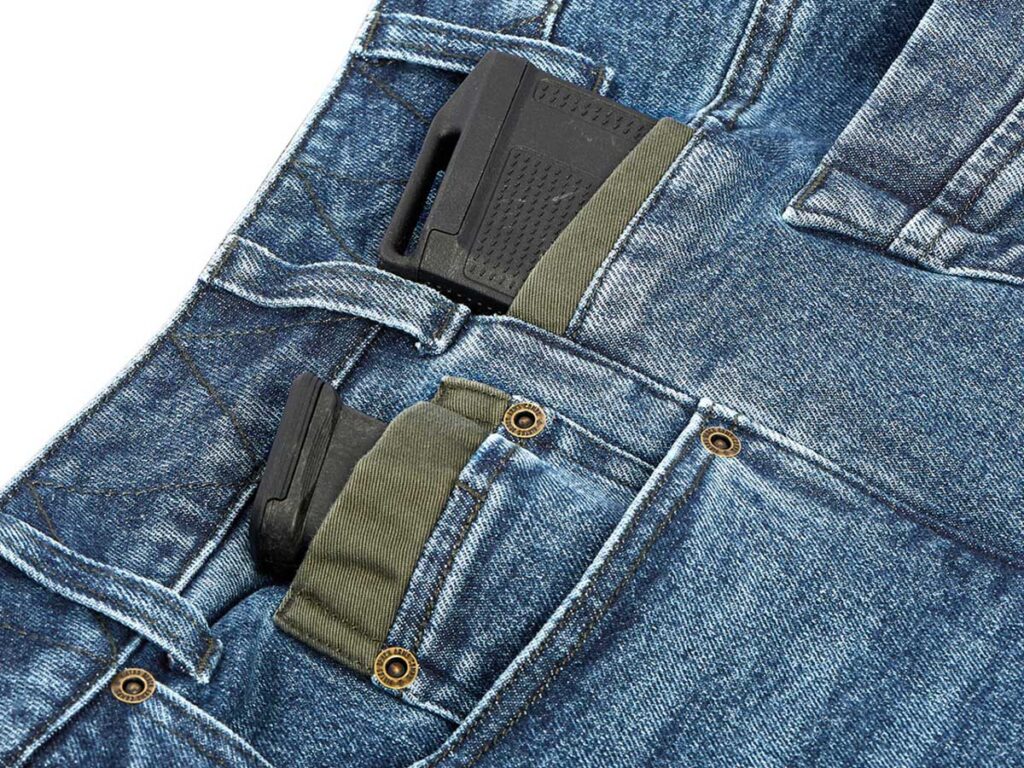
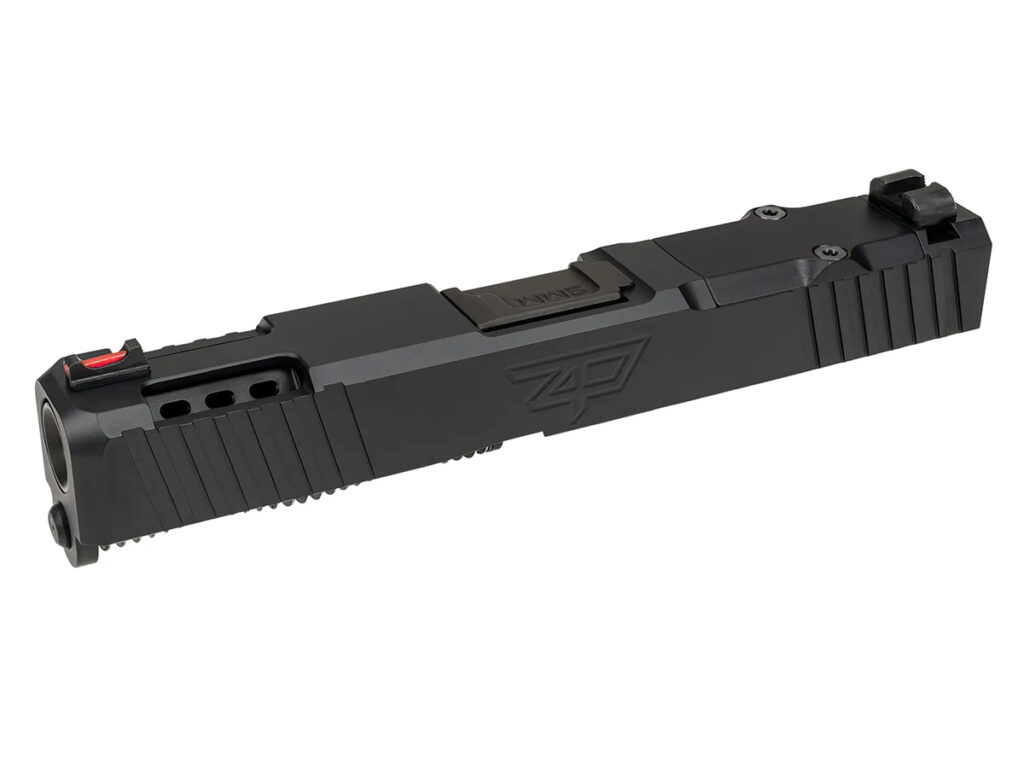
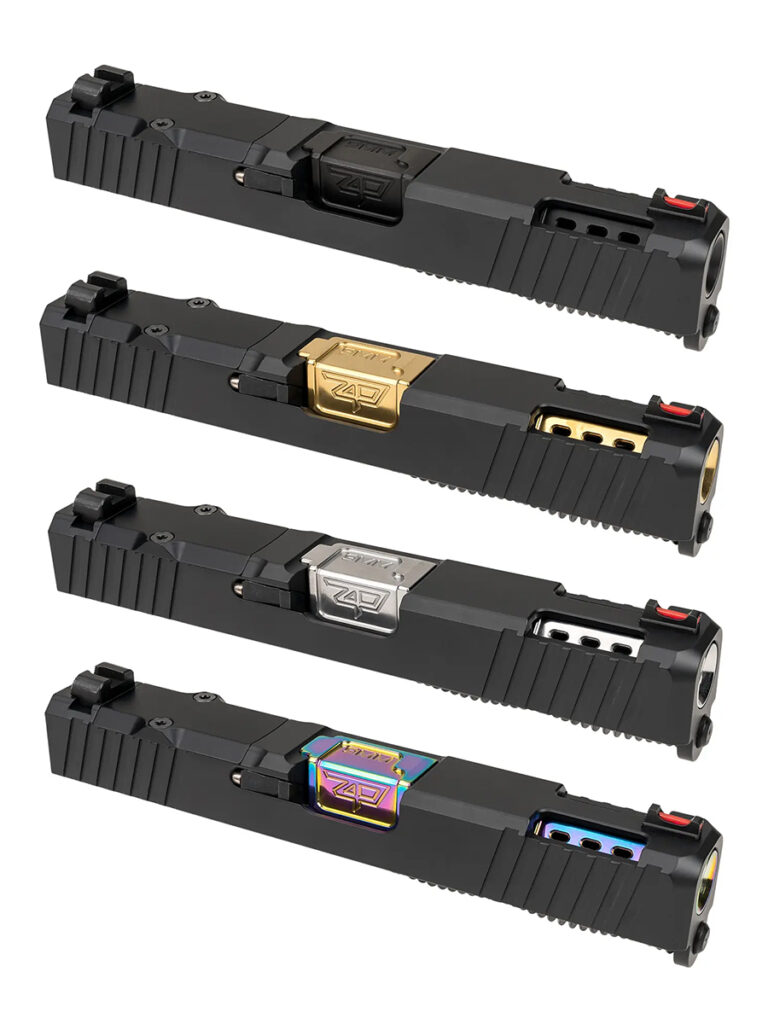
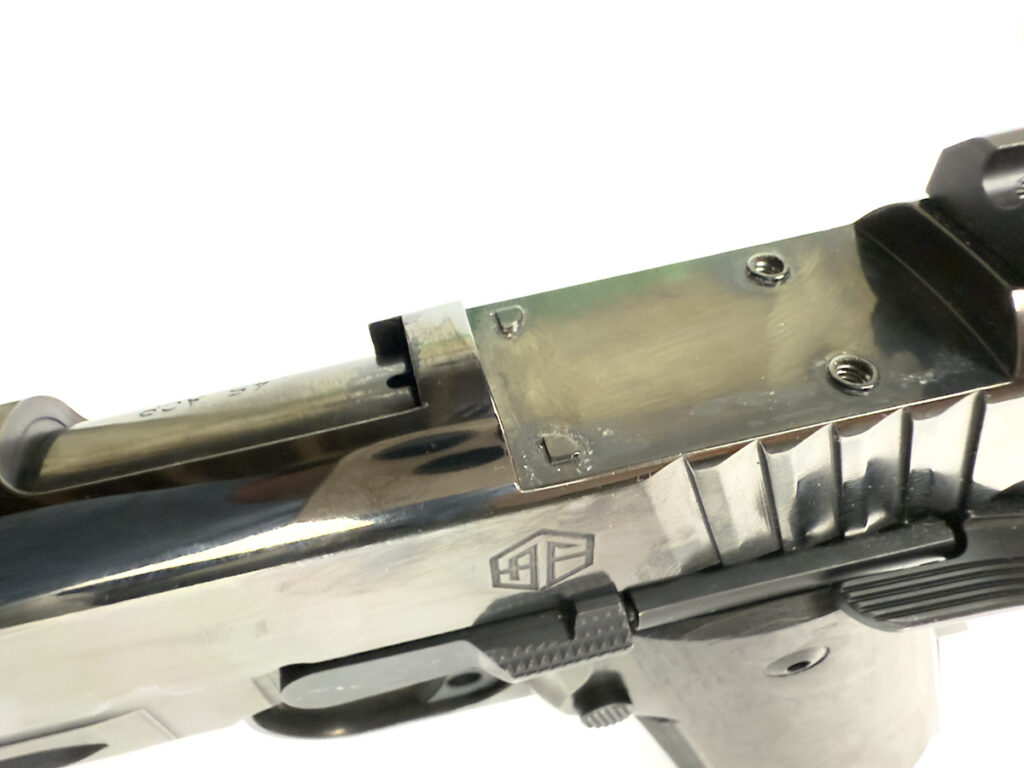
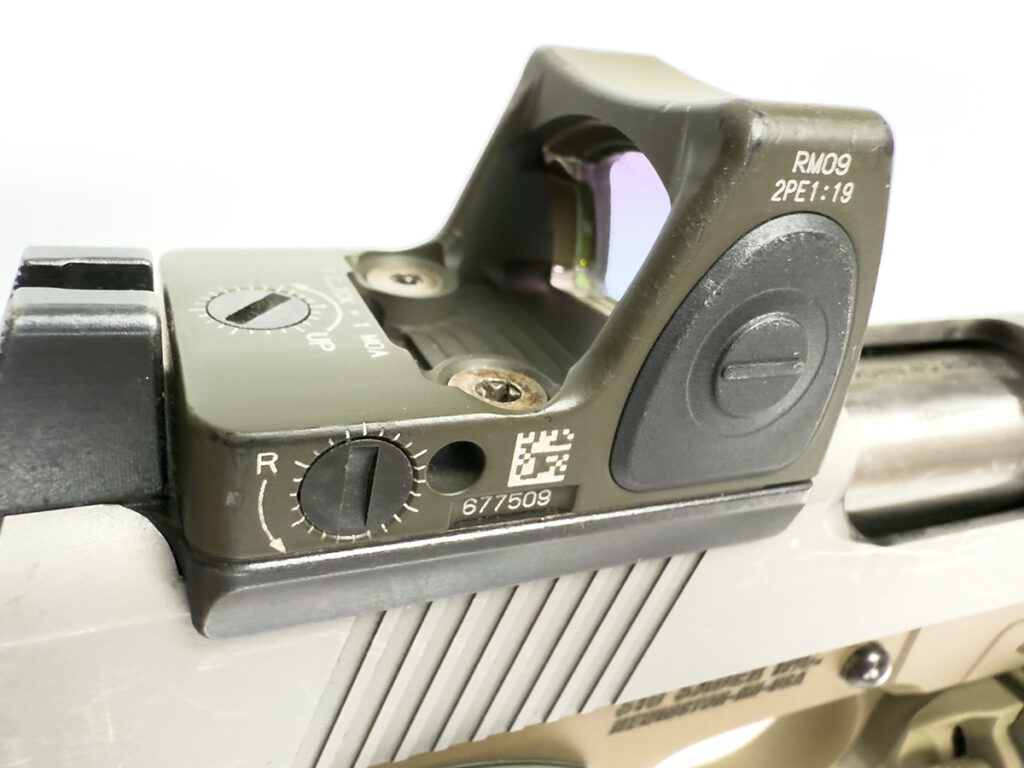
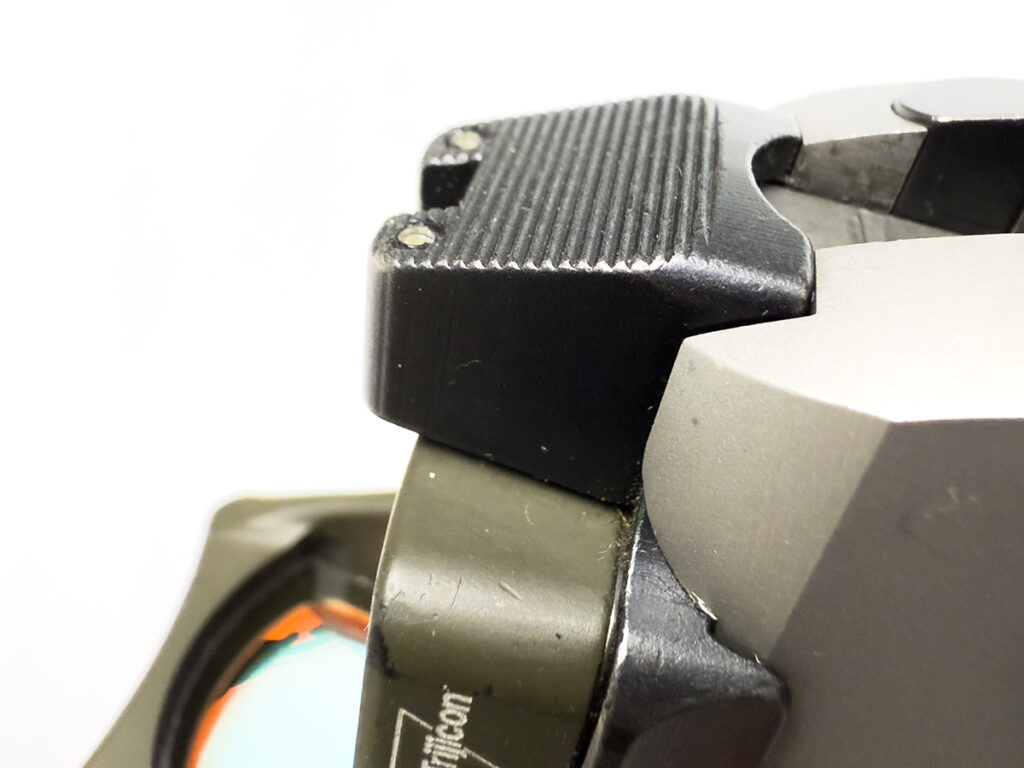
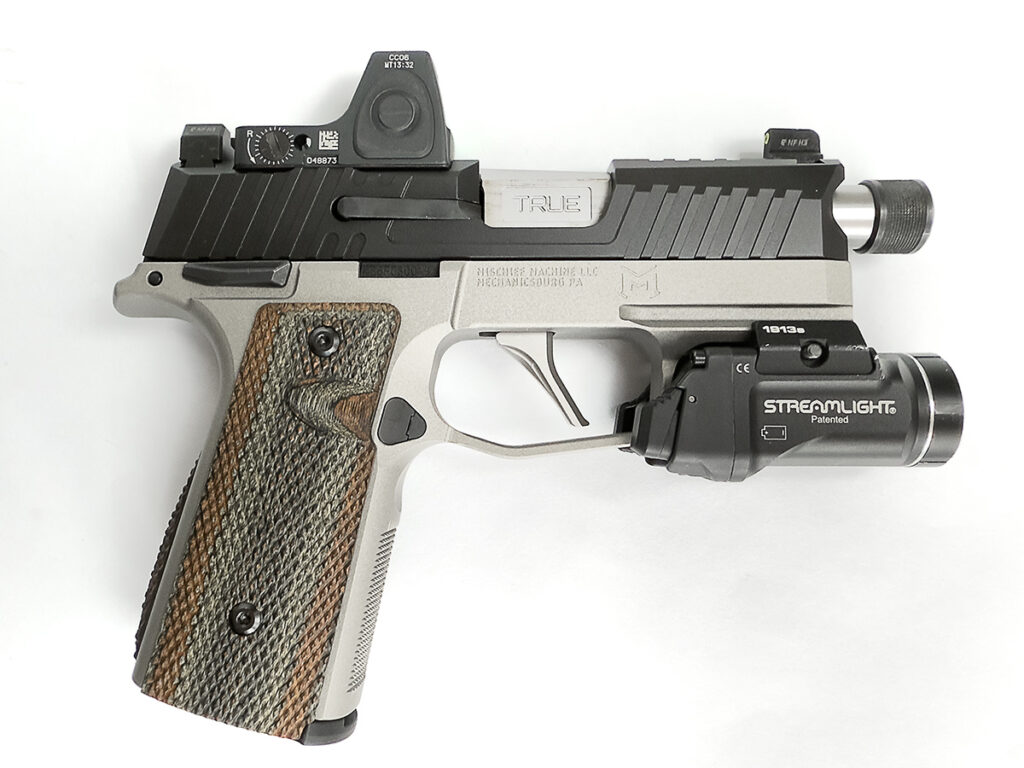
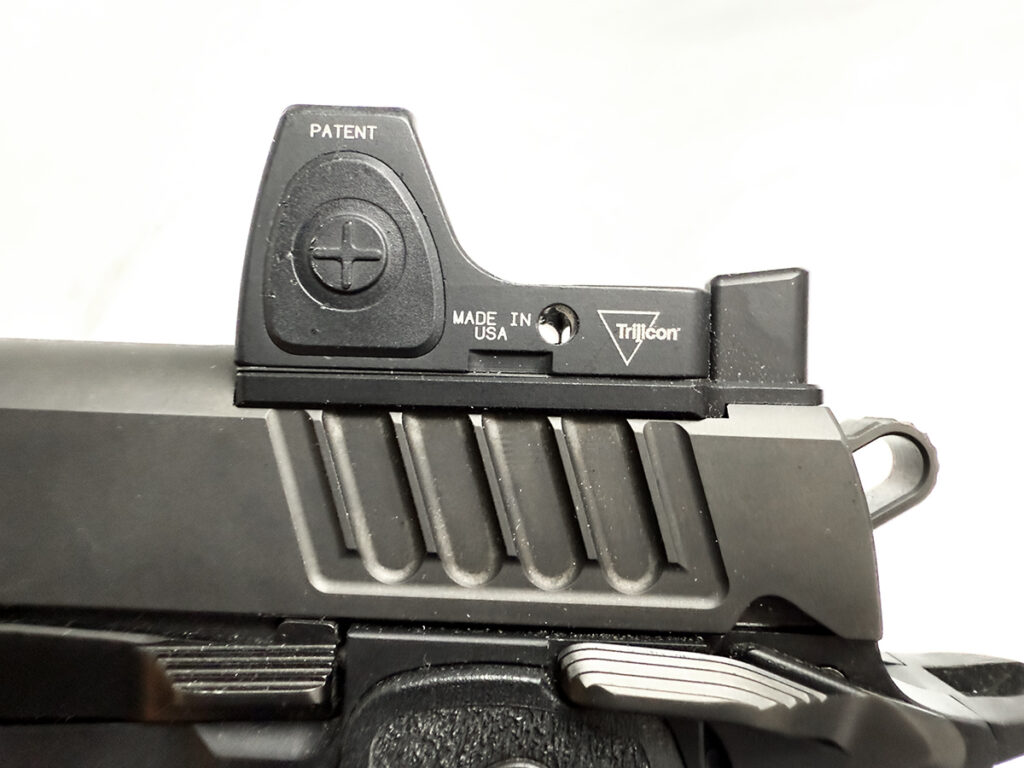
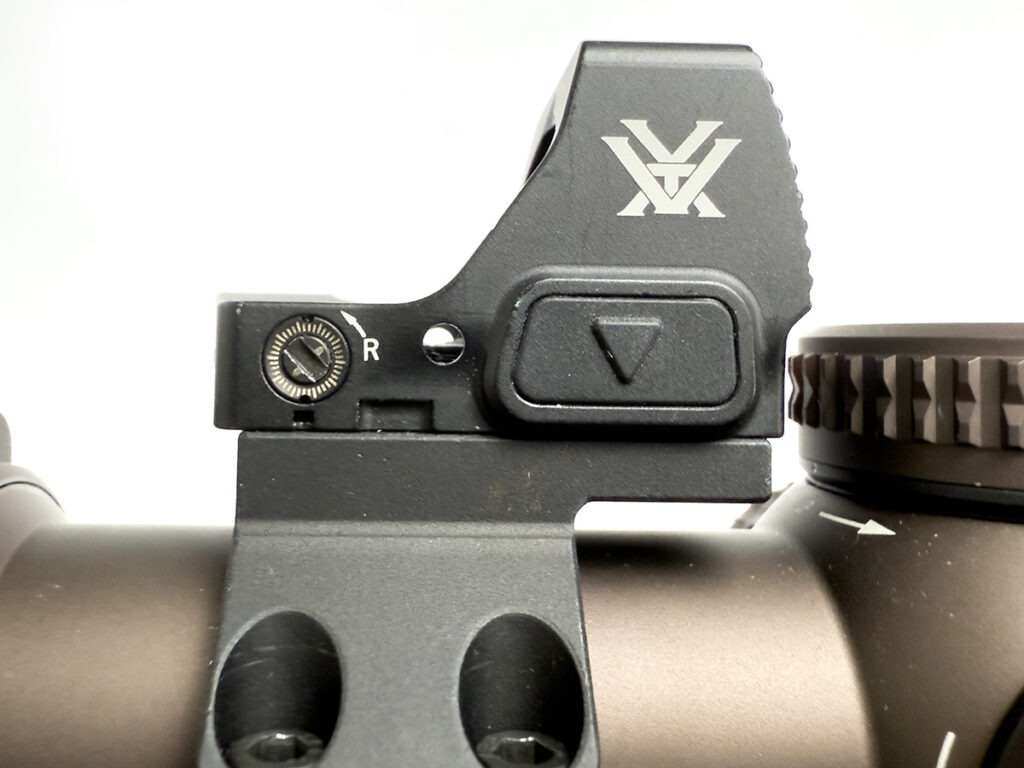
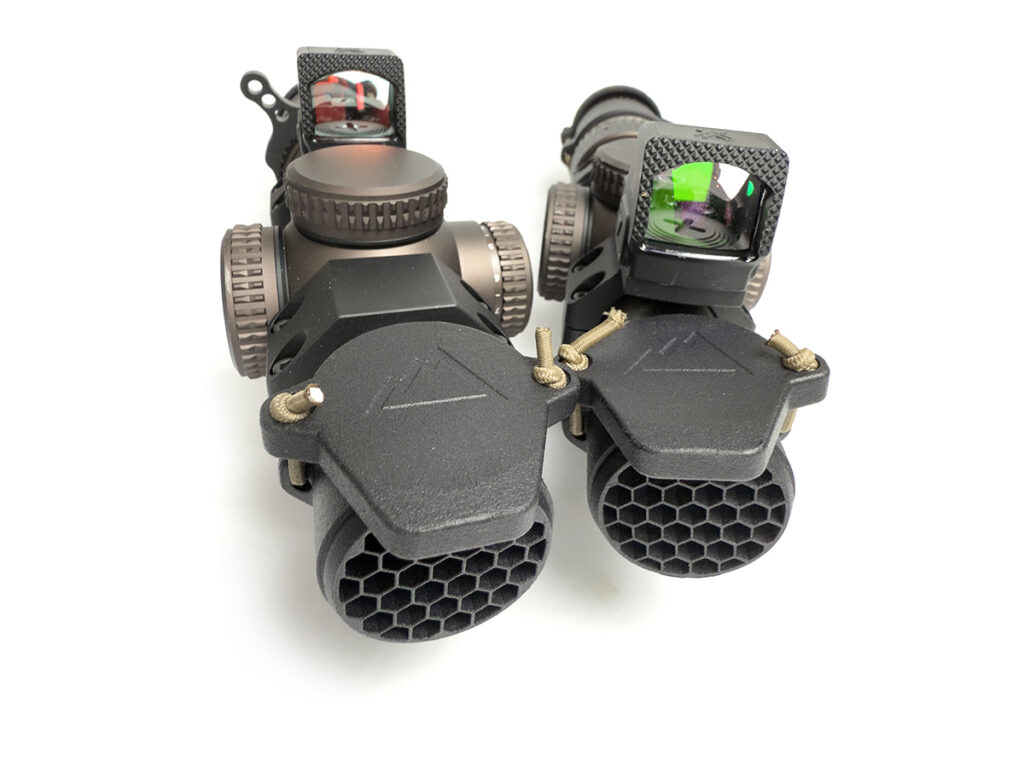
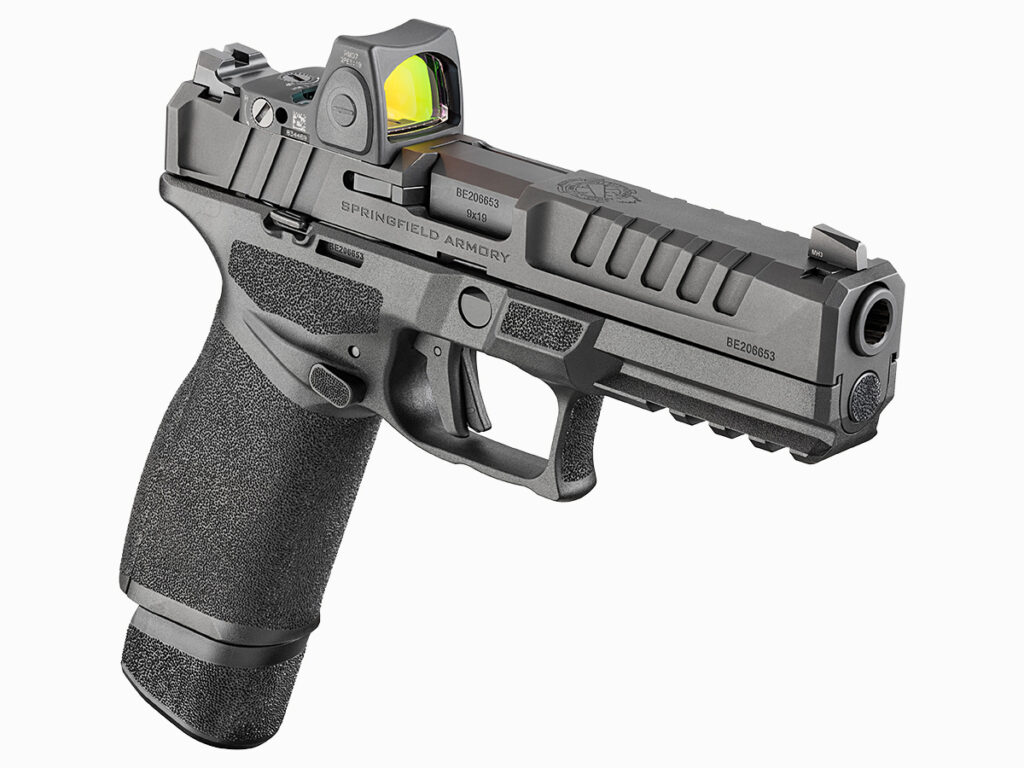
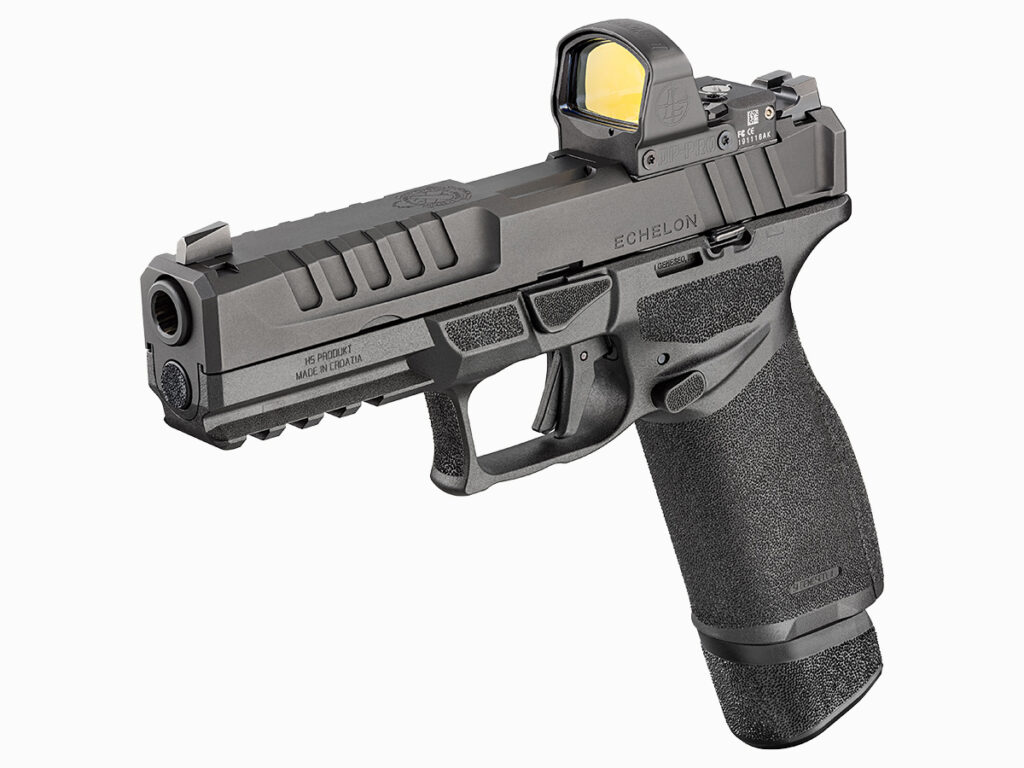
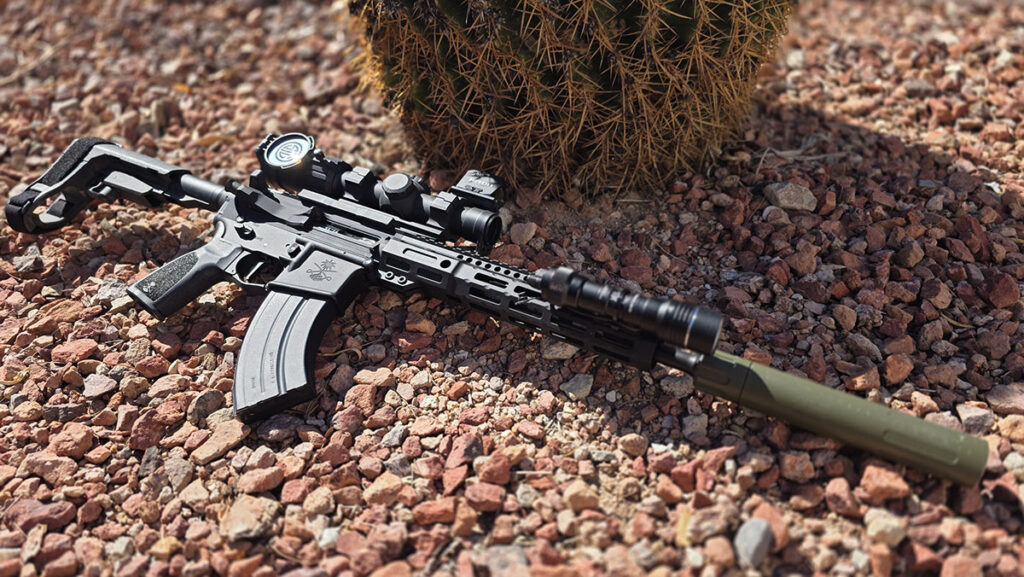
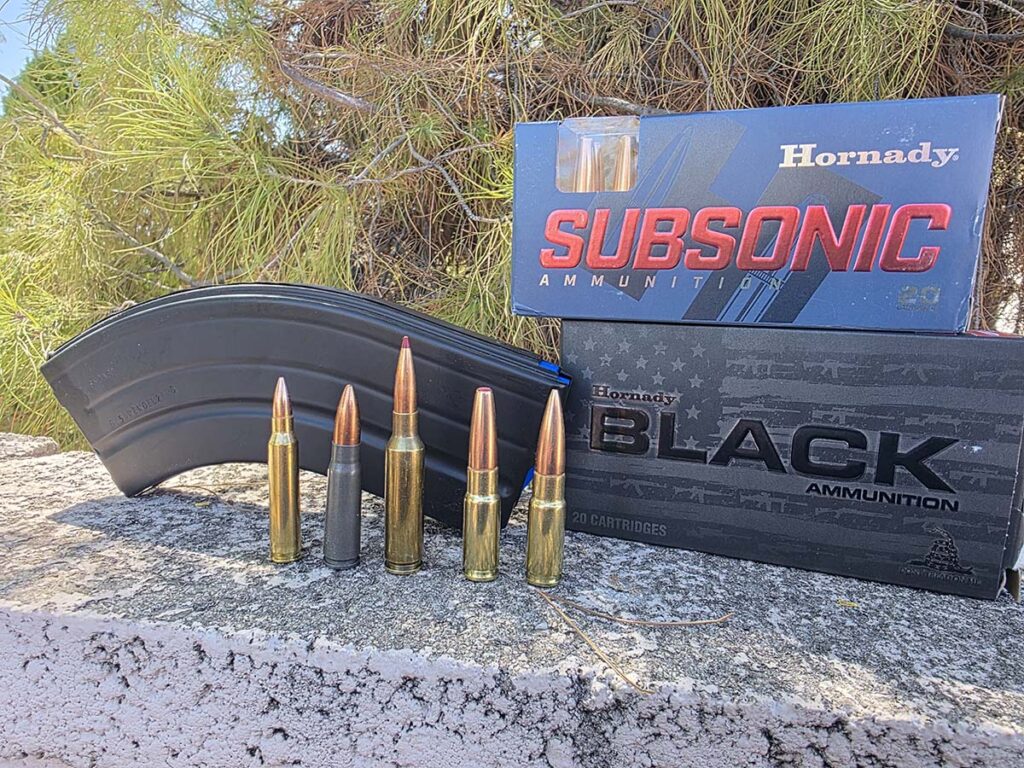
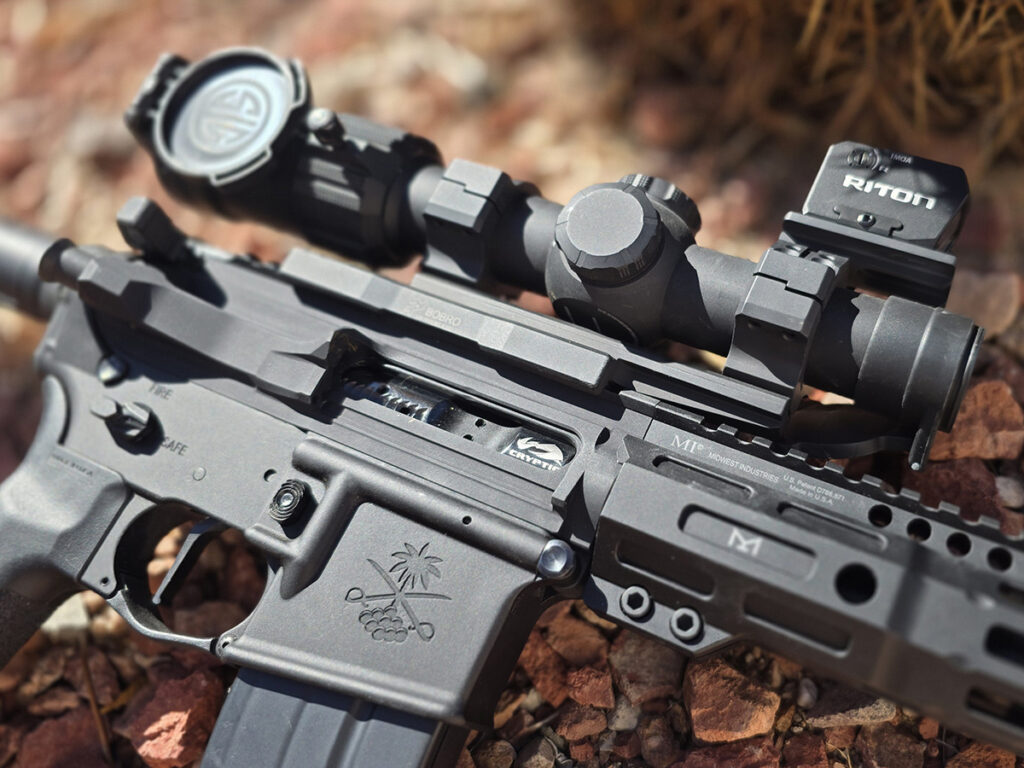
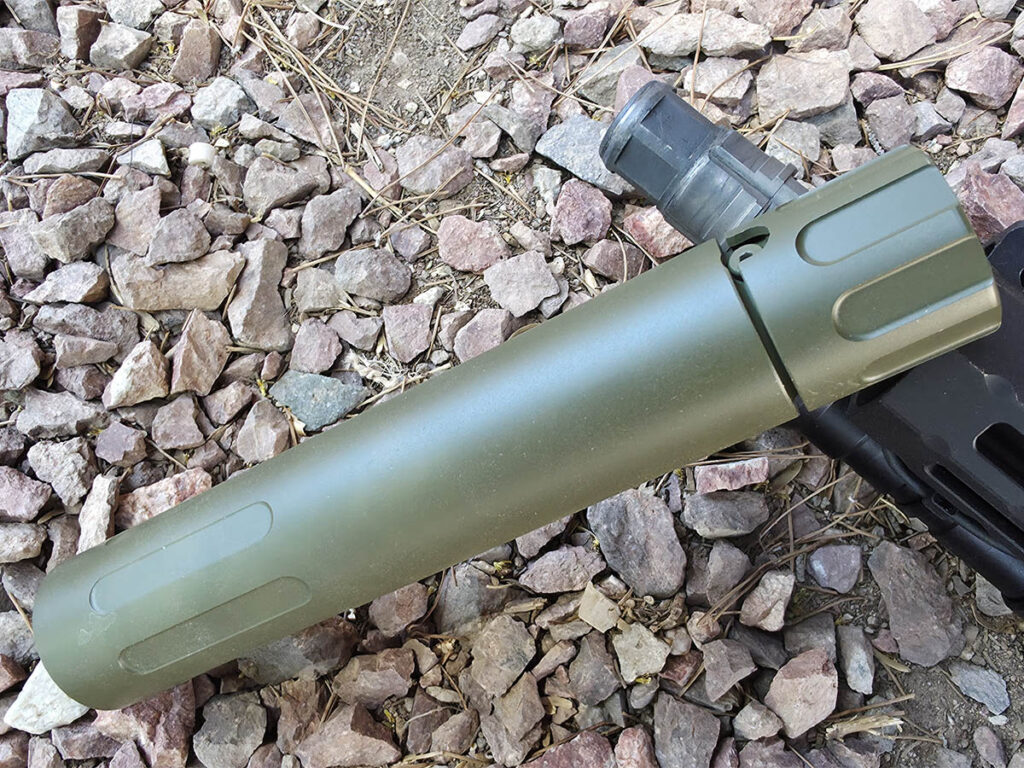
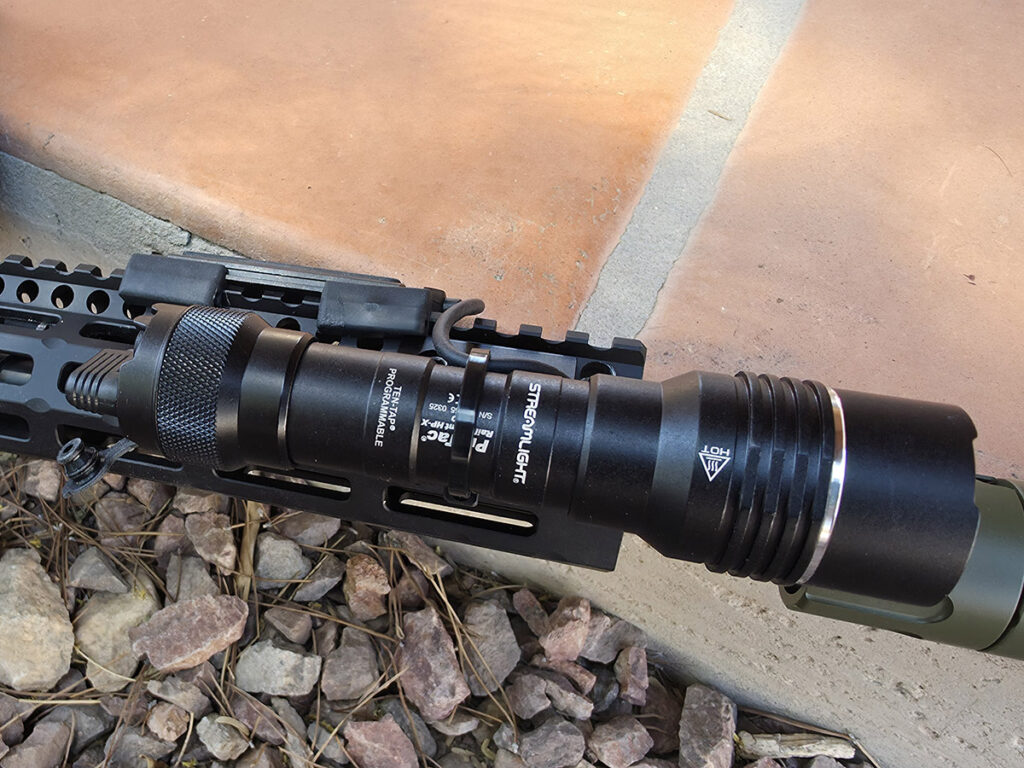
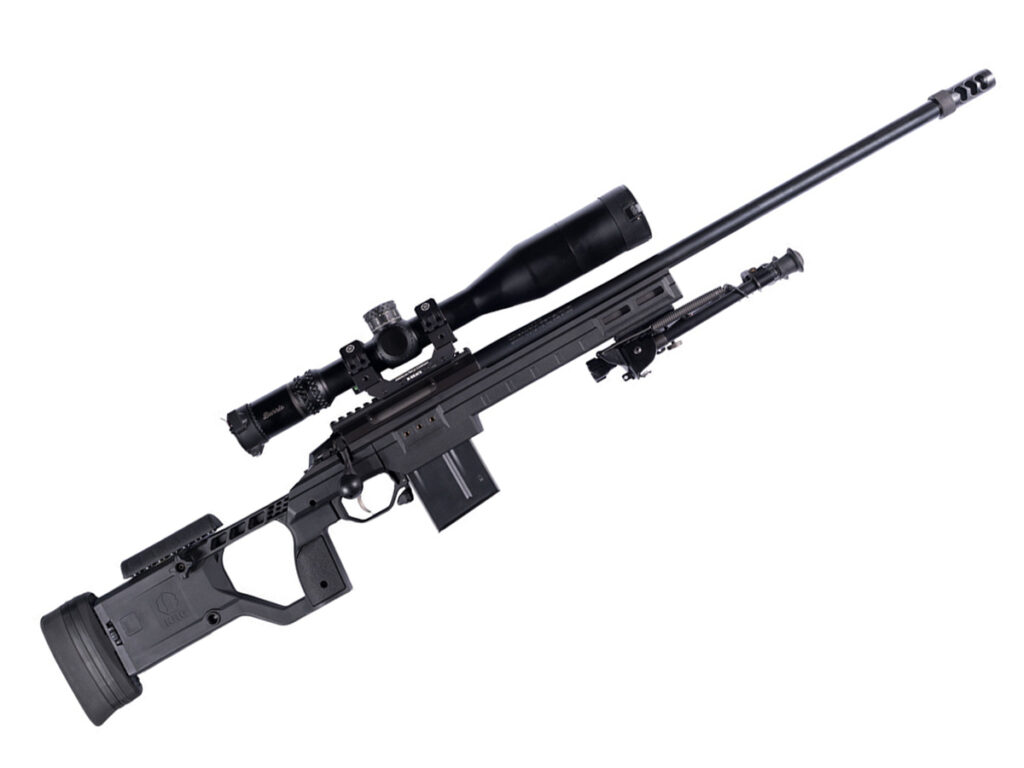
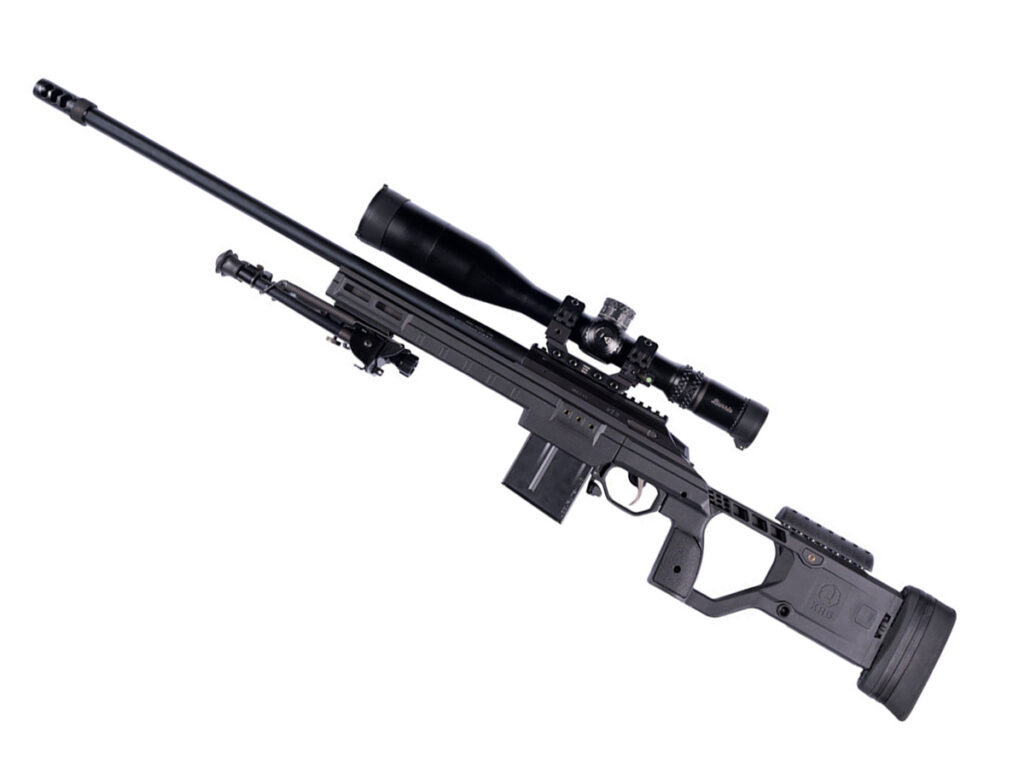
![Best Concealed Carry Guns In 2025 [Field Tested] Wilson Combat EDC X9S 1](https://gundigest.com/wp-content/uploads/Wilson-Combat-EDC-X9S-1-324x160.jpg)


![Best 9mm Carbine: Affordable PCCs [Tested] Ruger Carbine Shooting](https://gundigest.com/wp-content/uploads/Ruger-Carbine-Shooting-100x70.jpg)
![Best AR-15: Top Options Available Today [Field Tested] Harrington and Richardson PSA XM177E2 feature](https://gundigest.com/wp-content/uploads/Harrington-and-Richardson-PSA-XM177E2-feature-100x70.jpg)
